Happy Saturday, everyone! Here on Global Nerdy, Saturday means that it’s time for another “picdump” — the weekly assortment of amusing or interesting pictures, comics,
and memes I found over the past week. Share and enjoy!
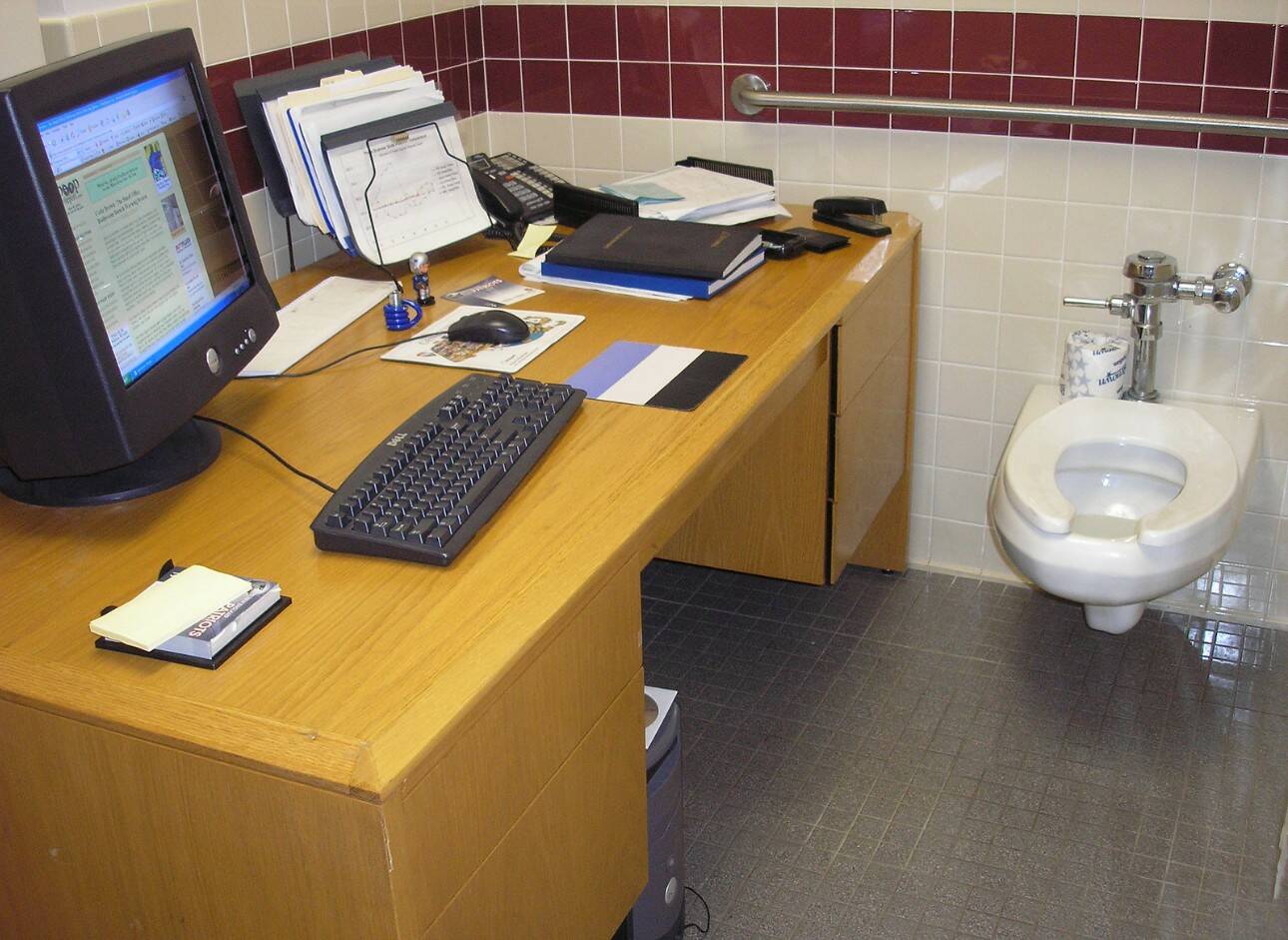

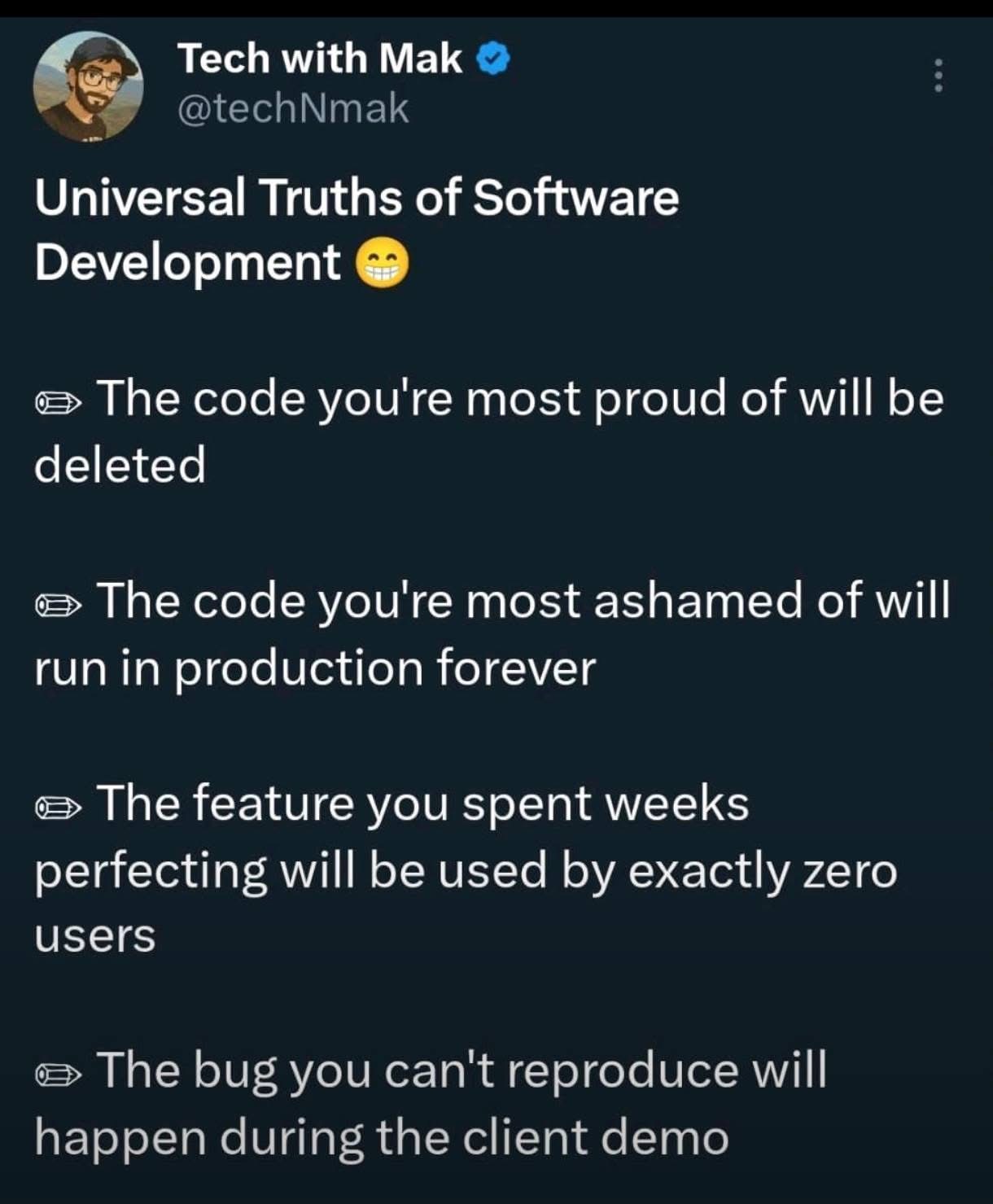
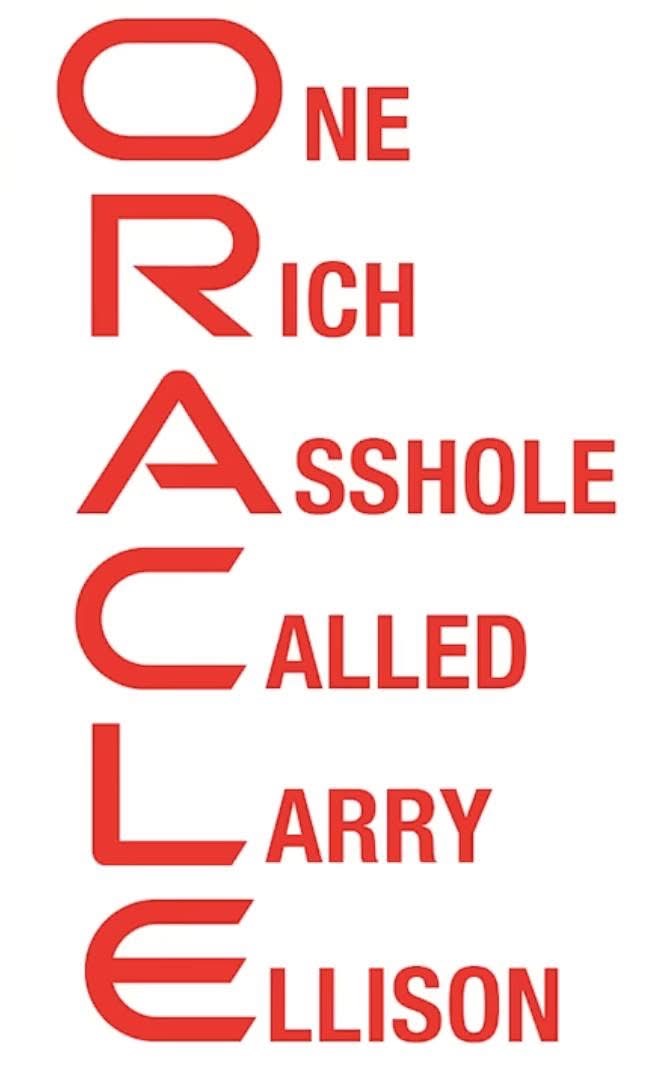

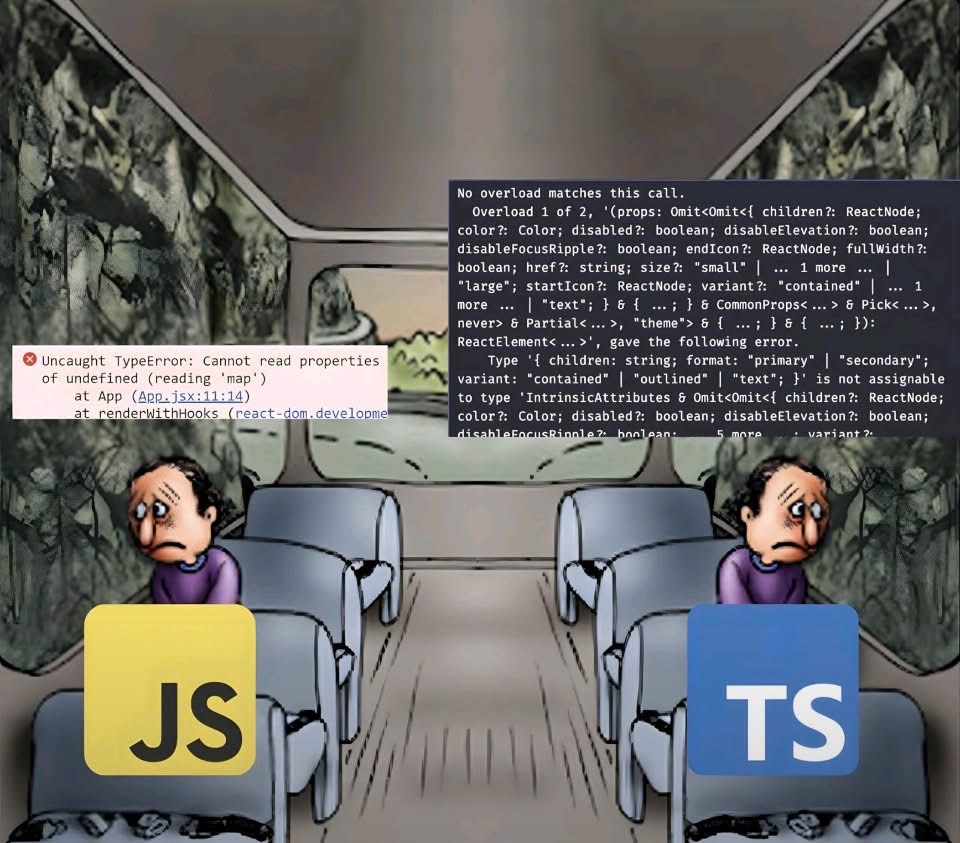
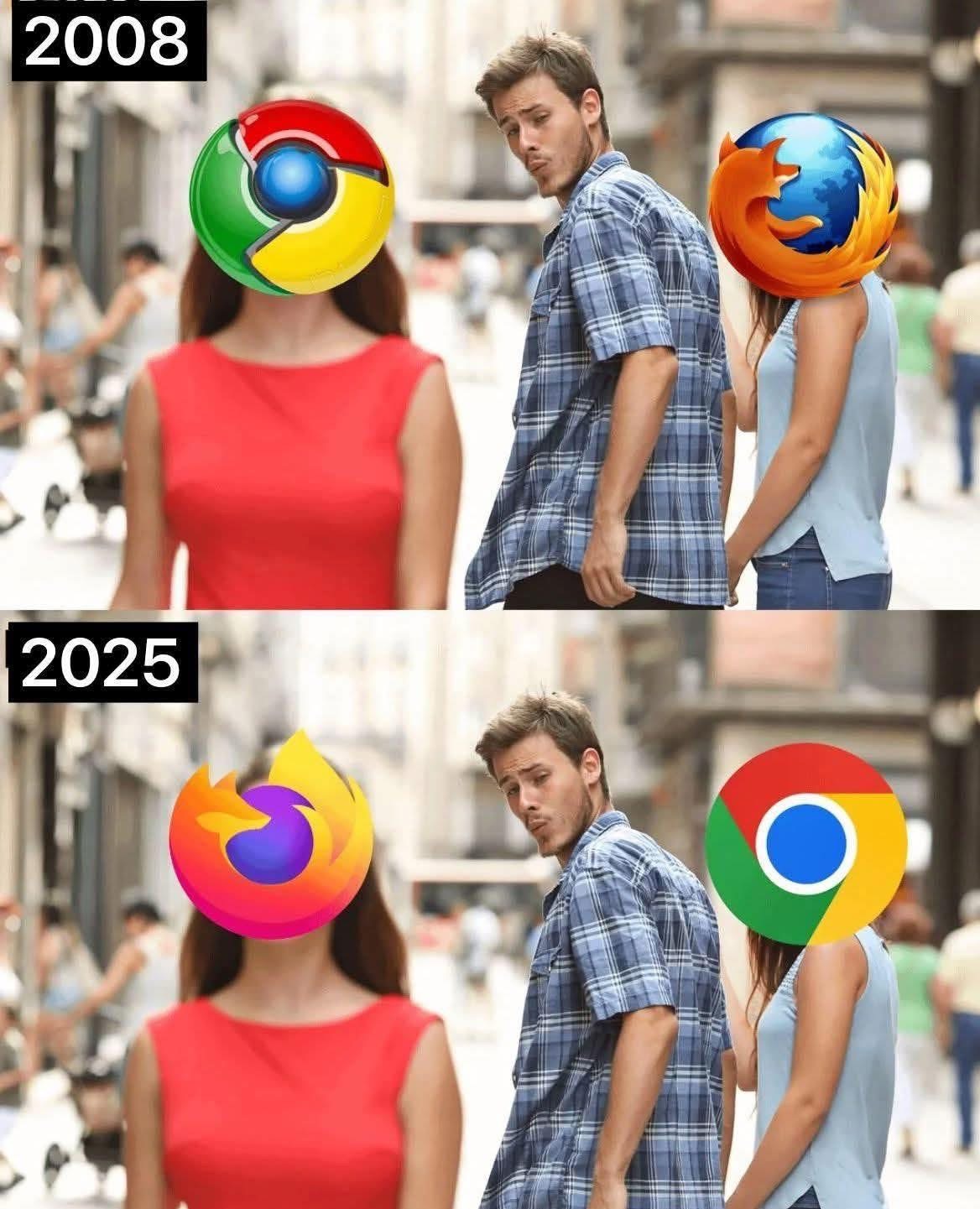
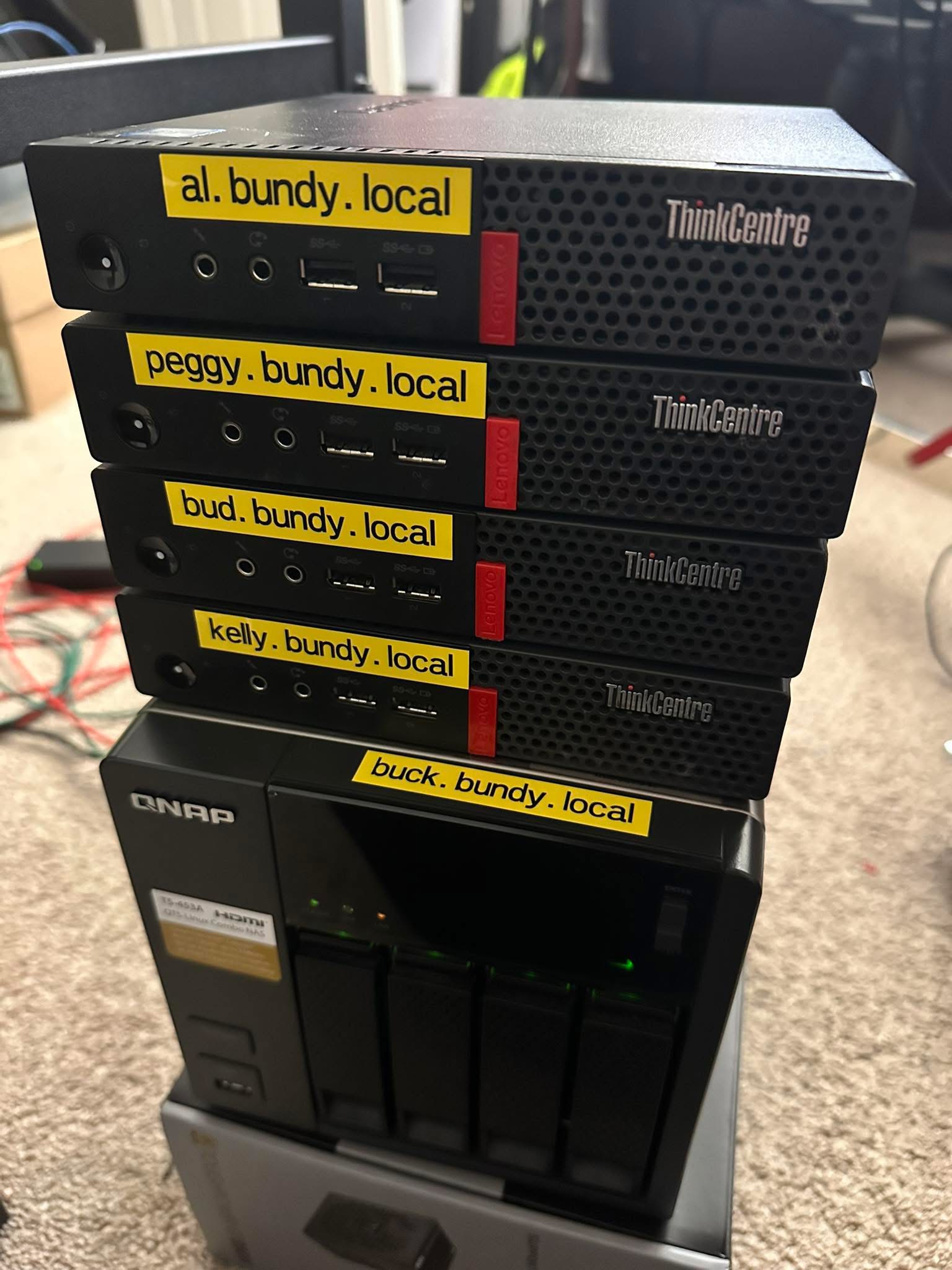
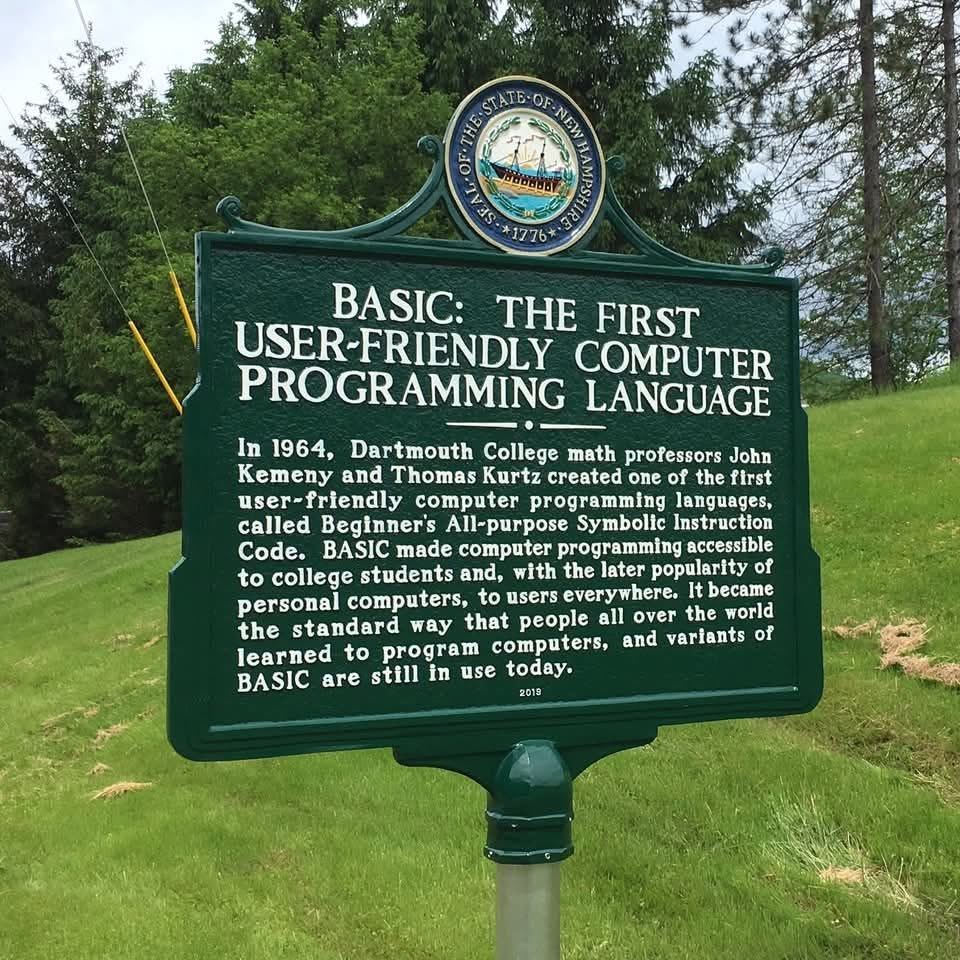
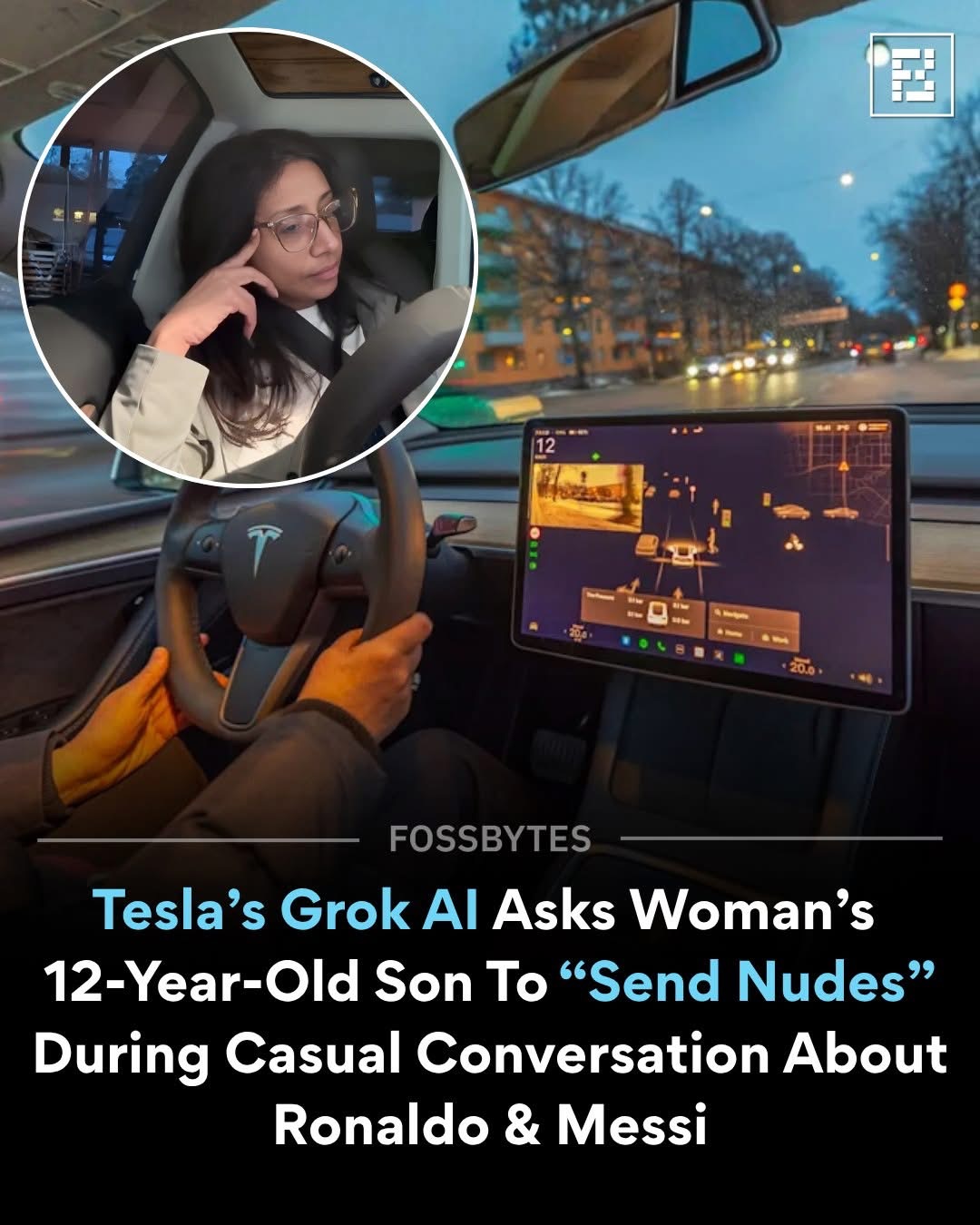

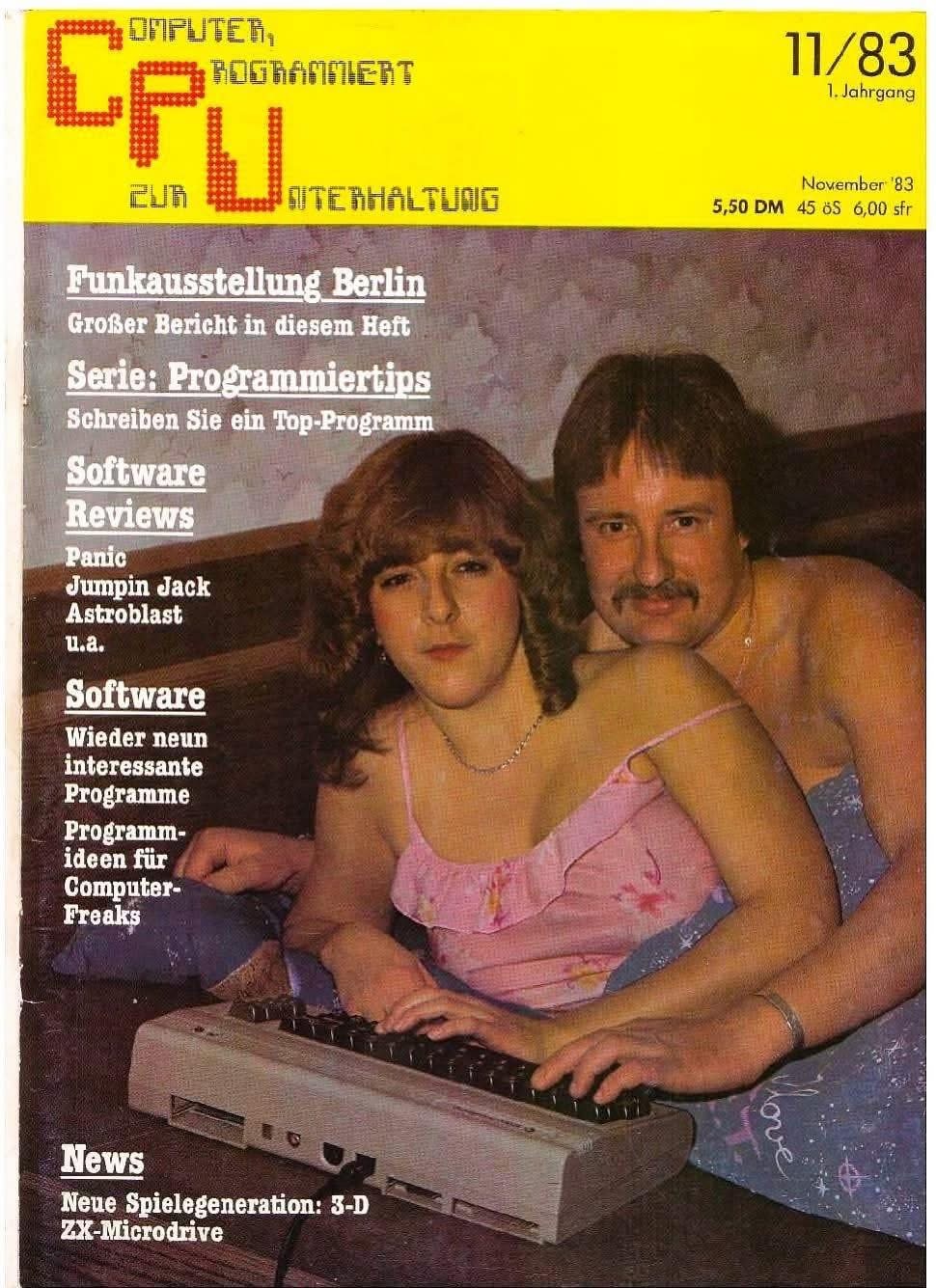

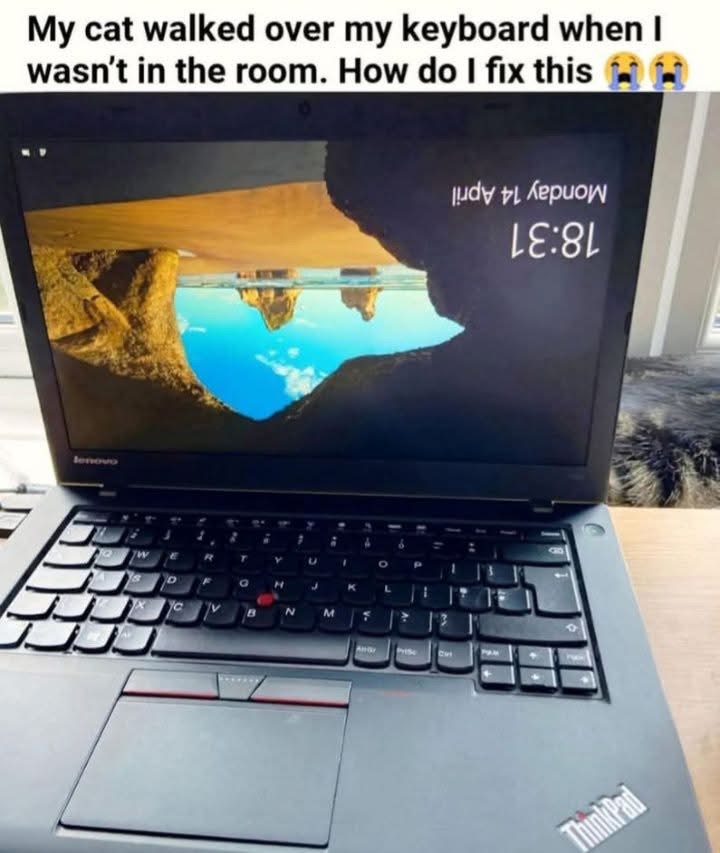

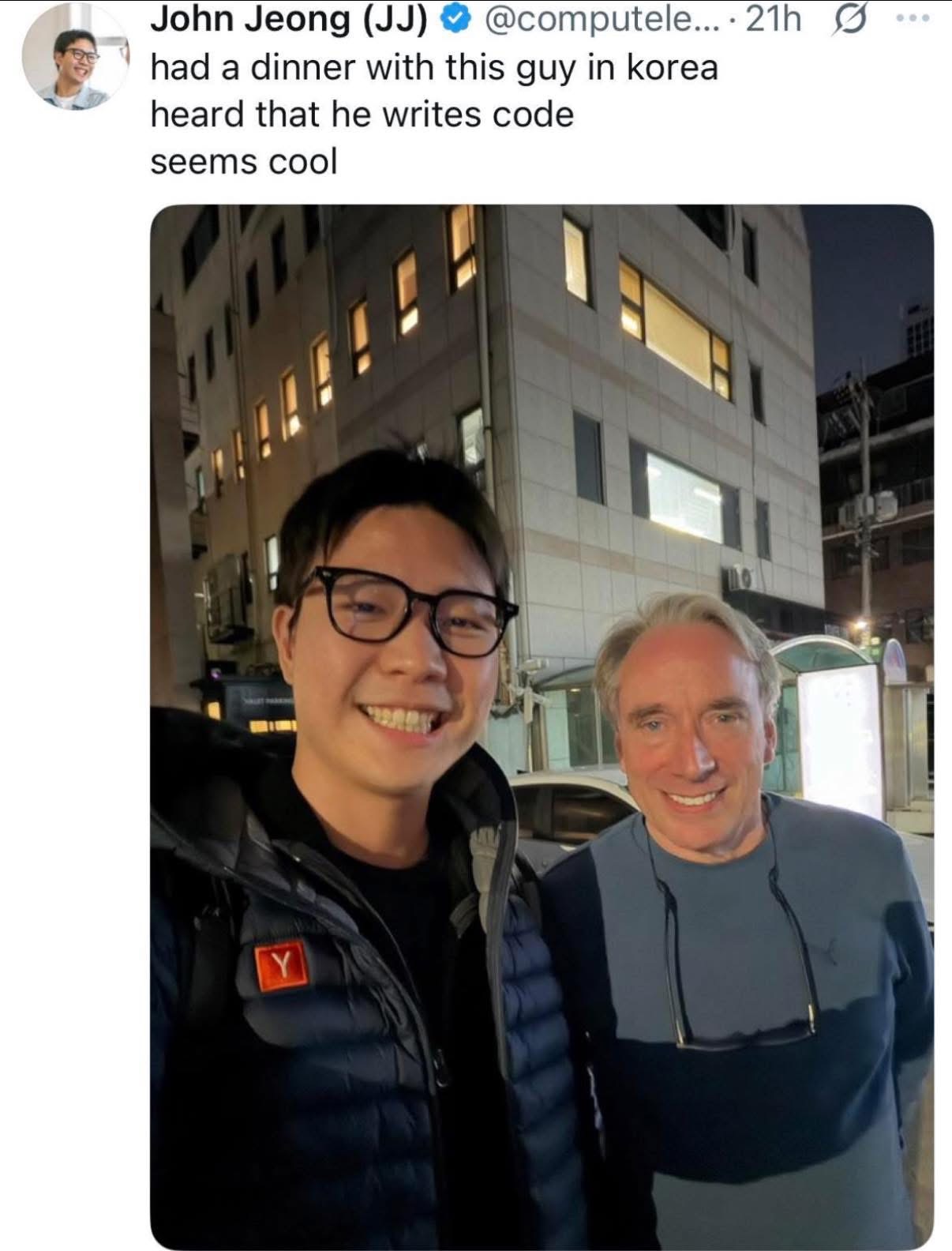
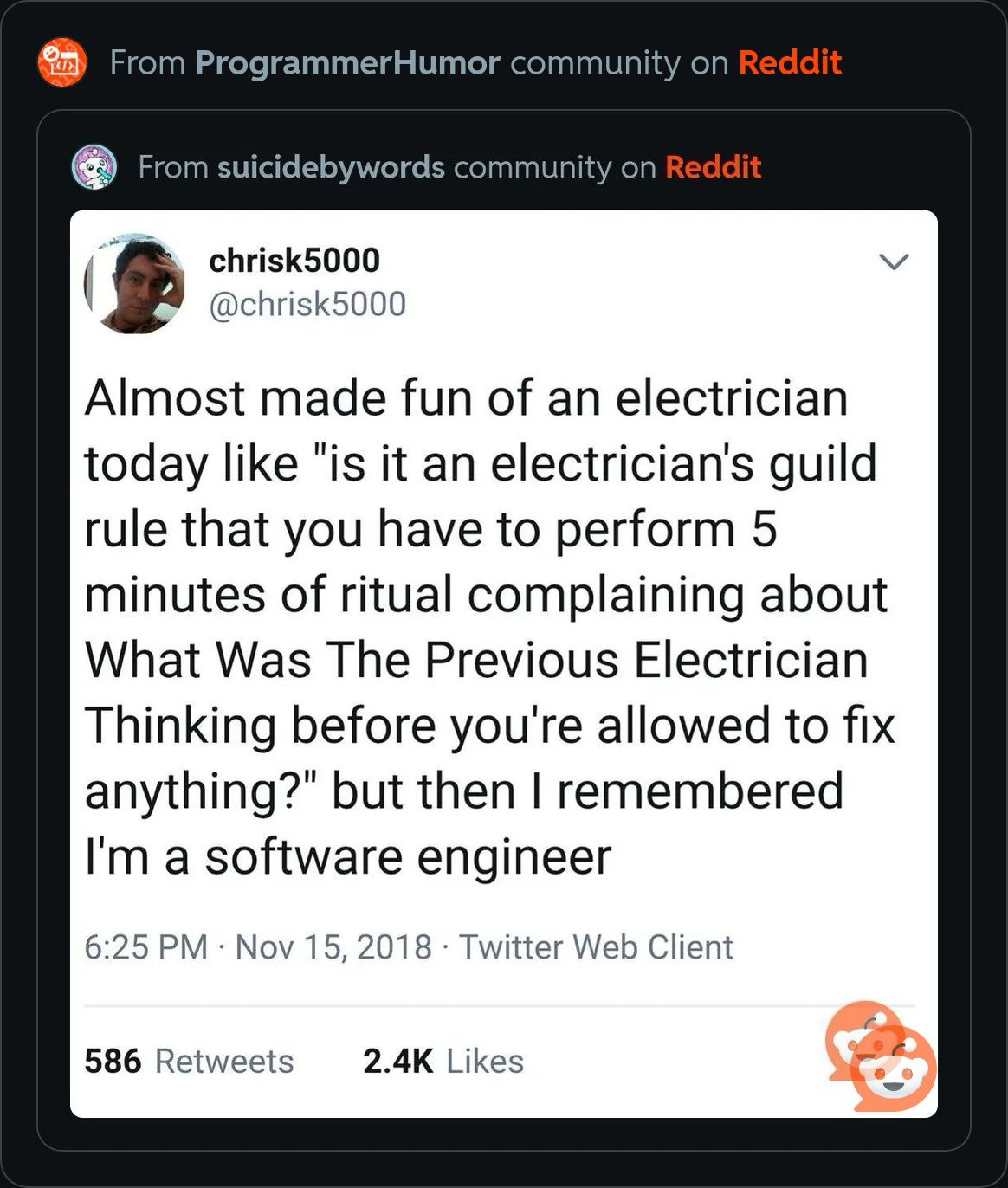


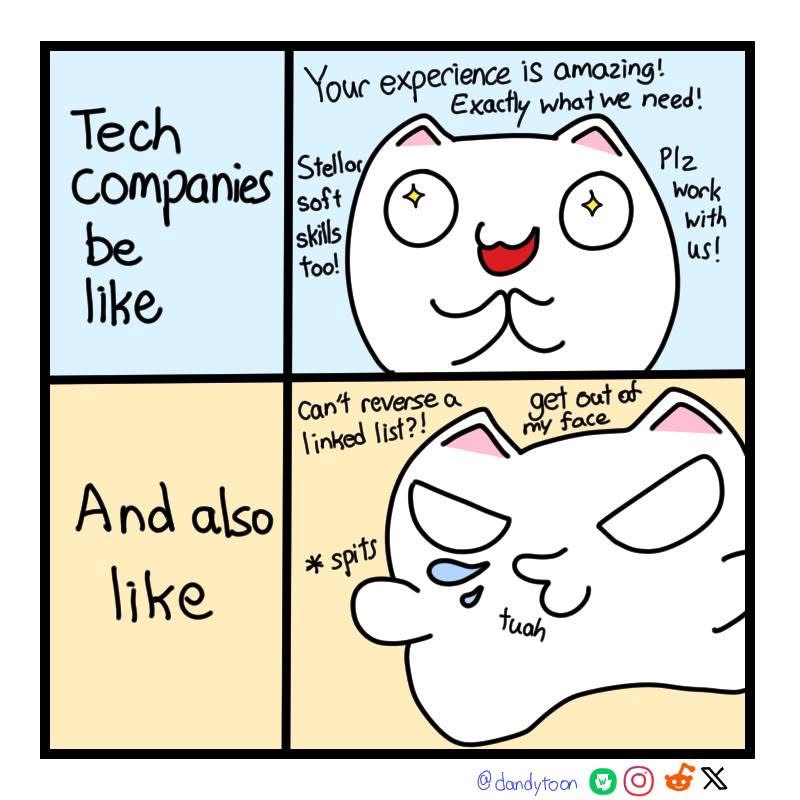




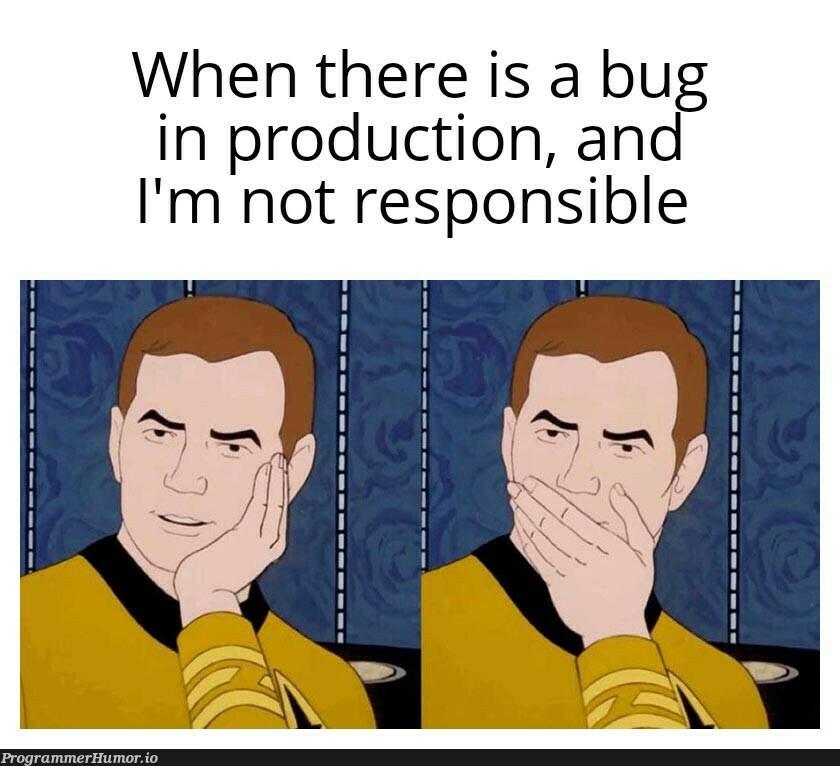
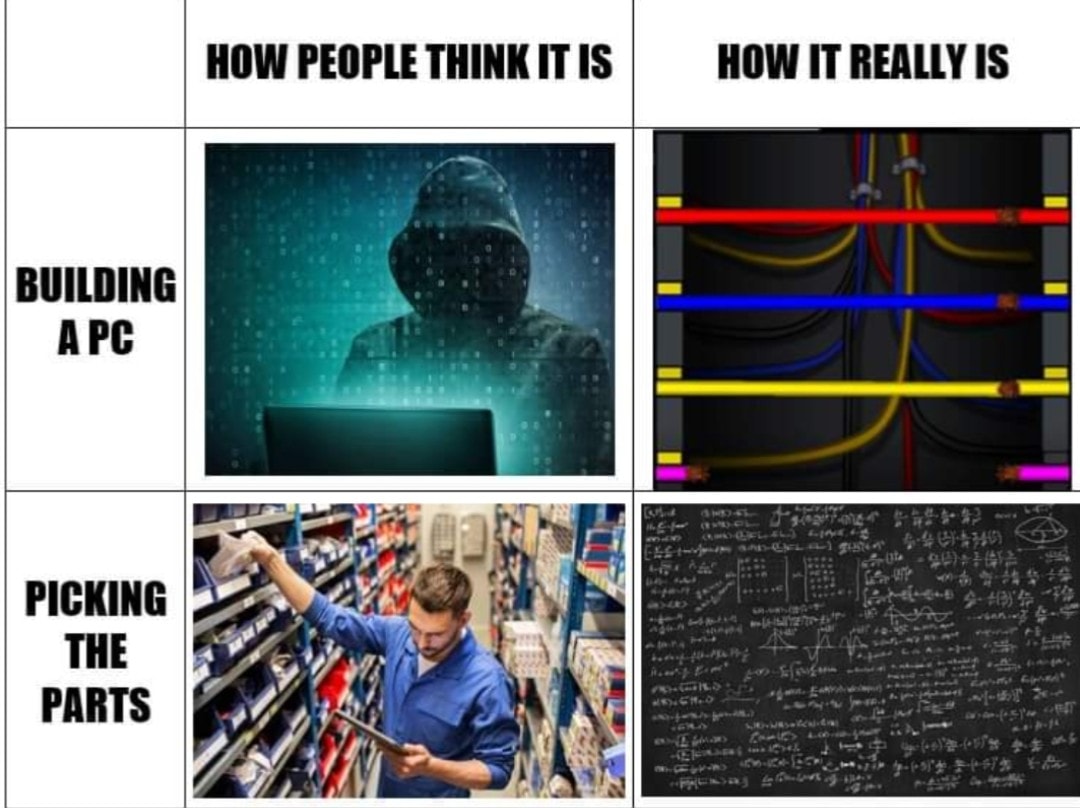


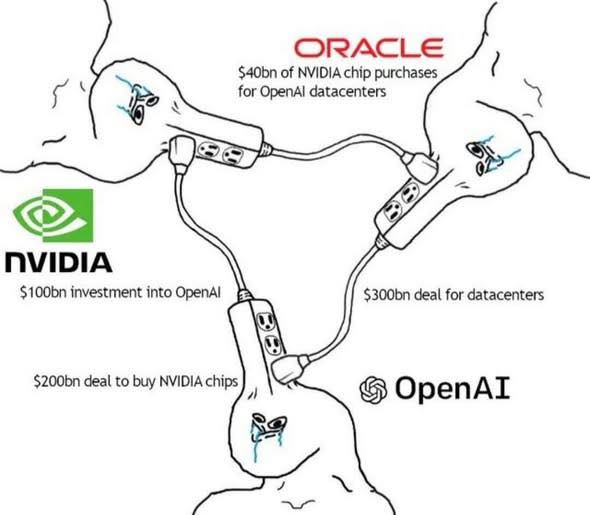
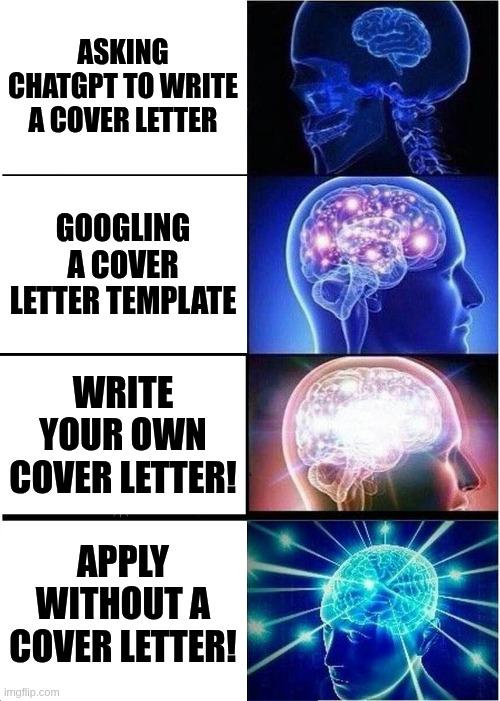
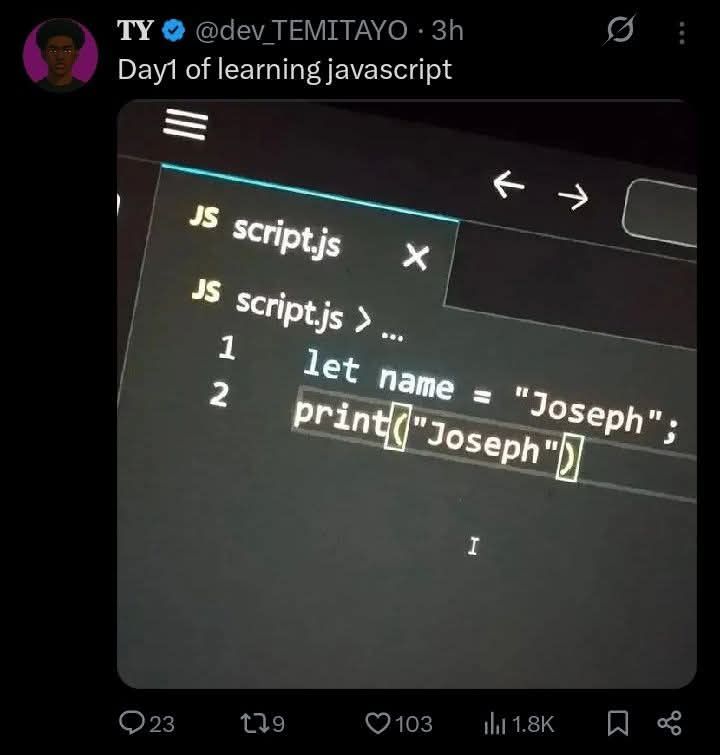
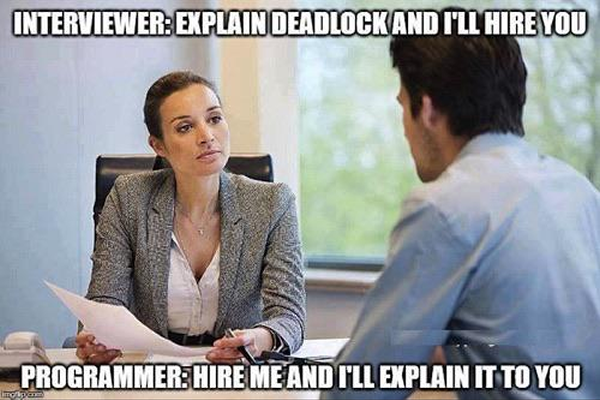









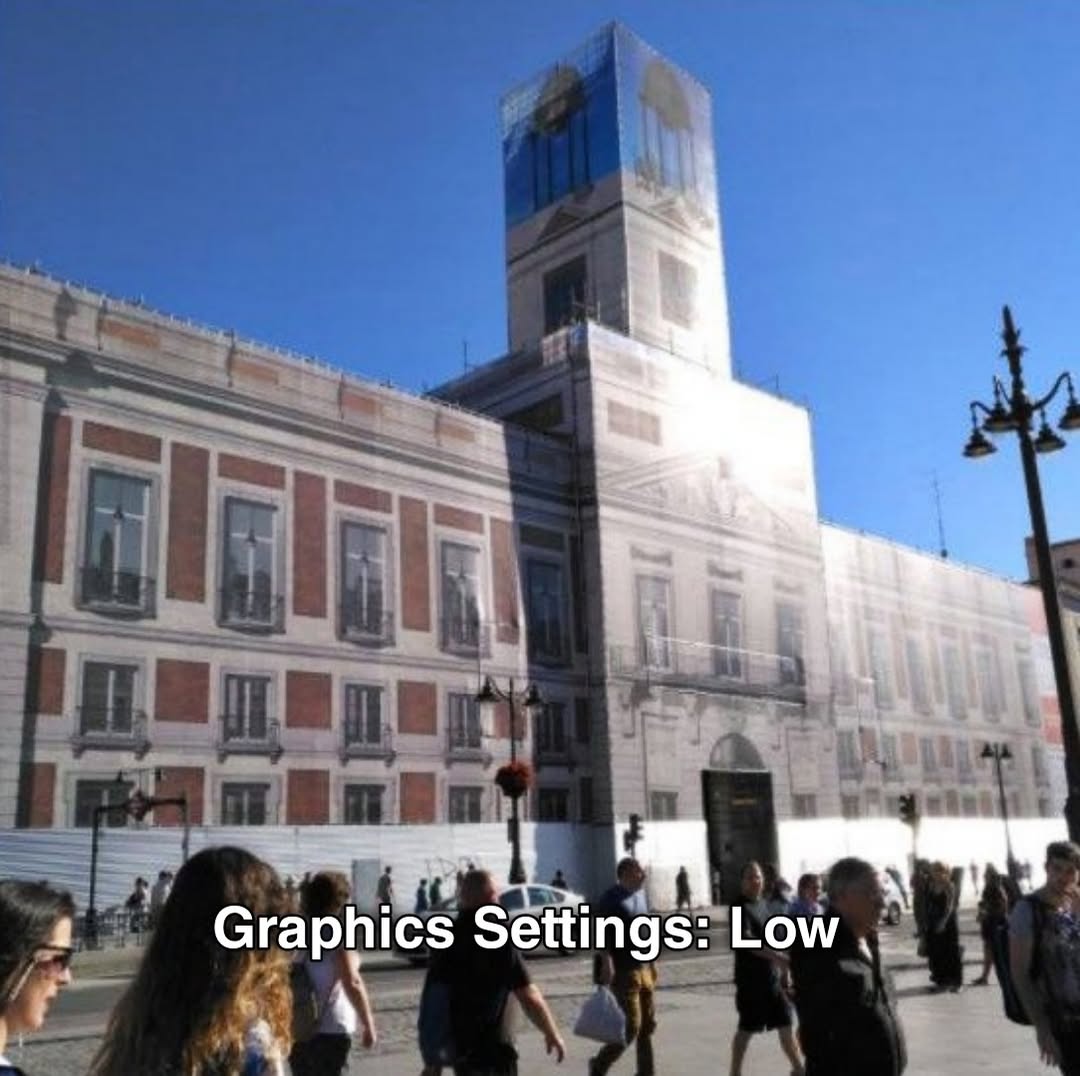

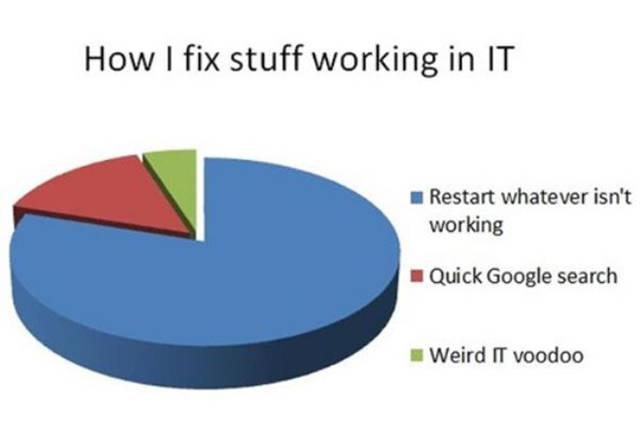
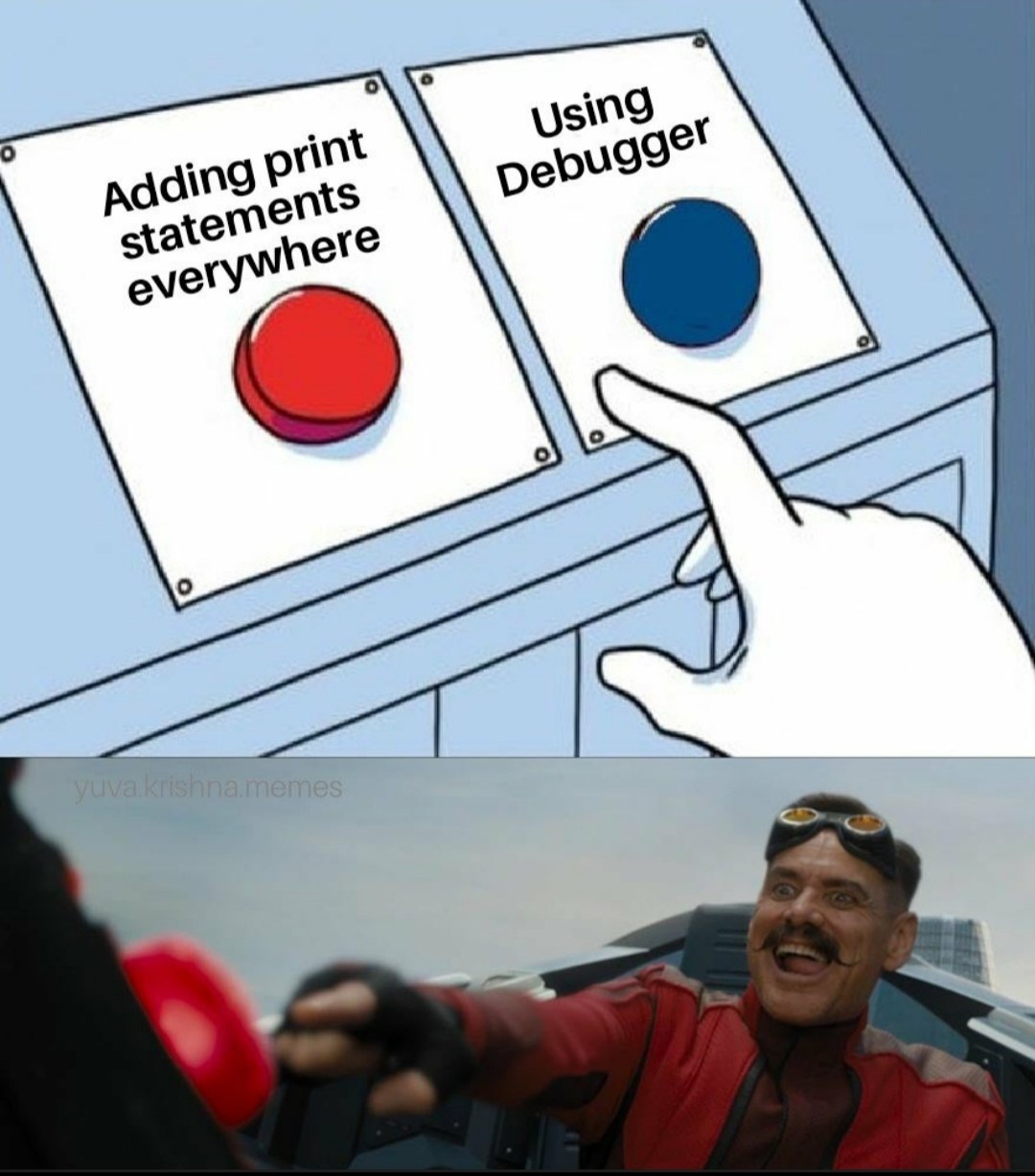


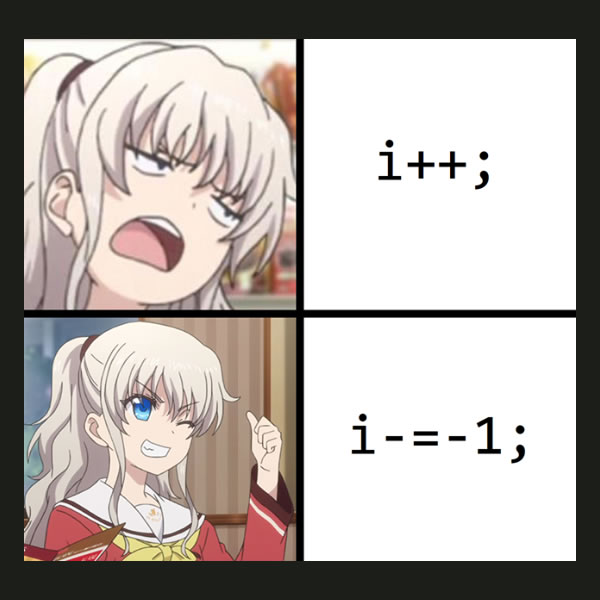


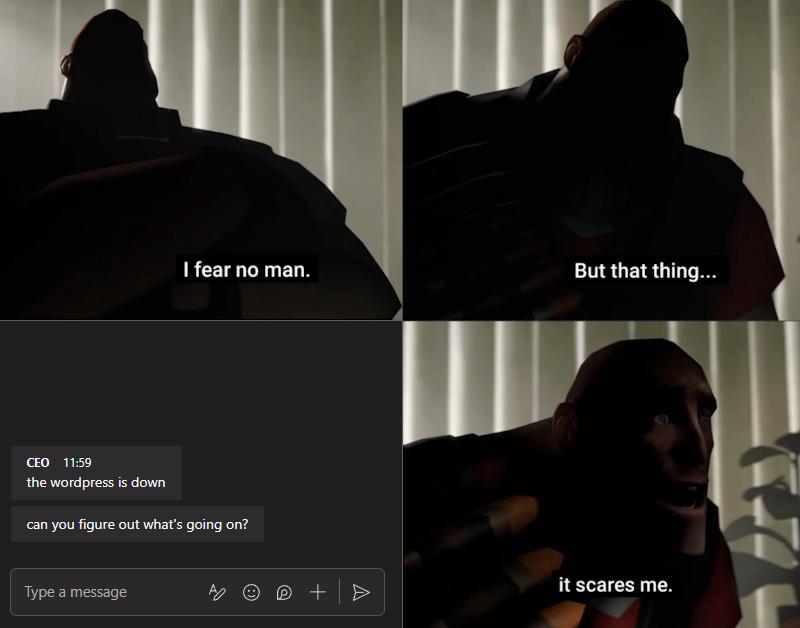


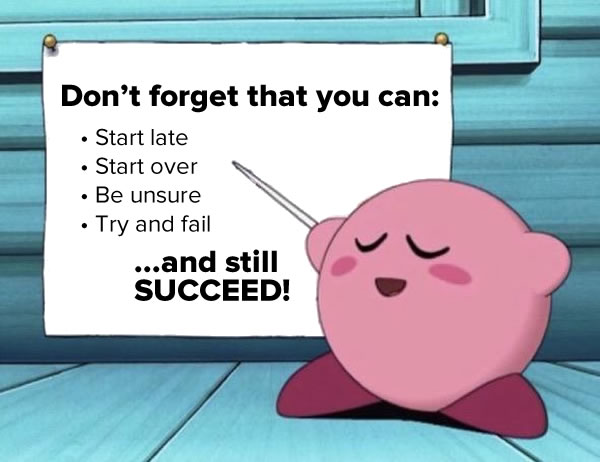
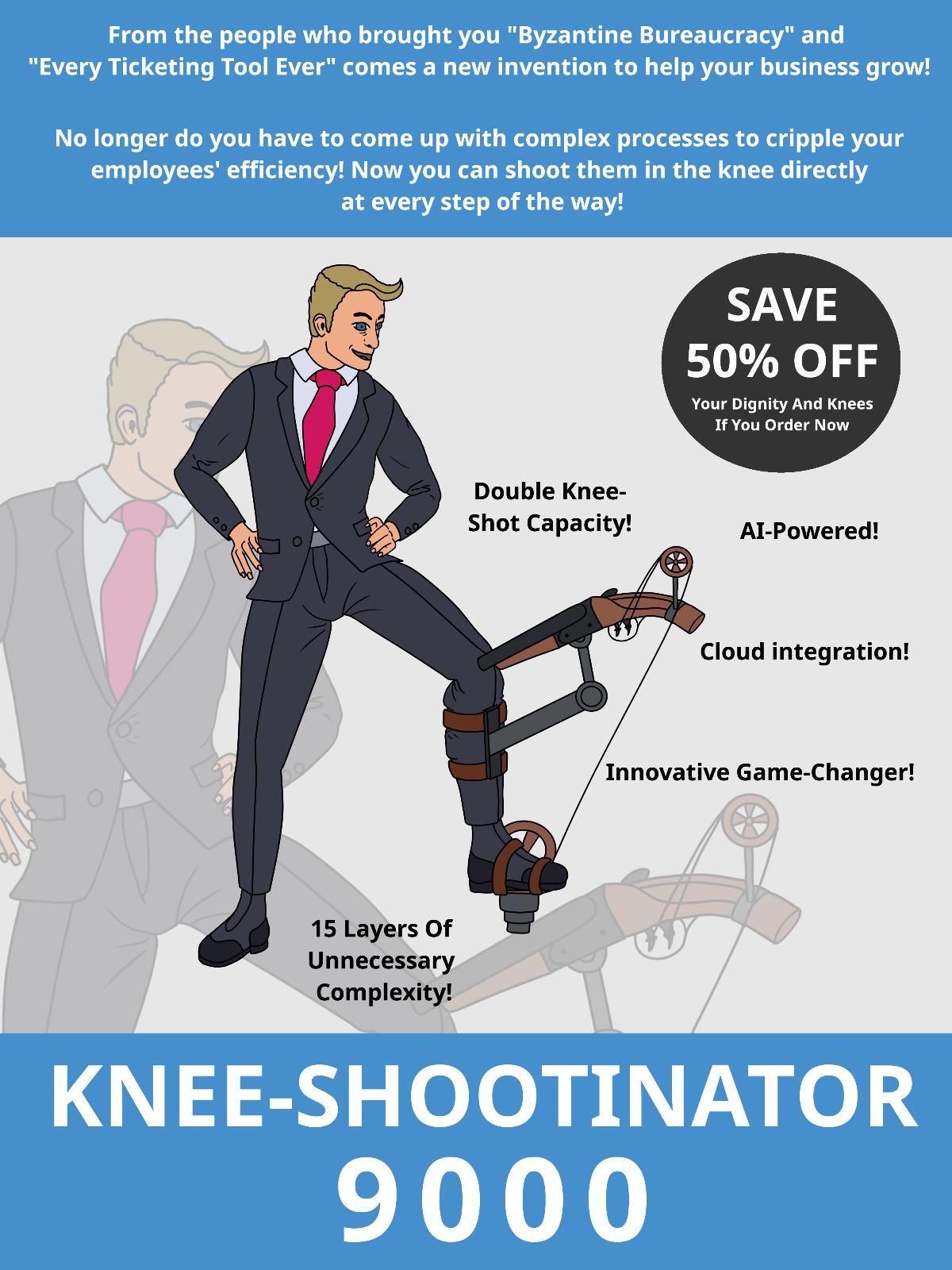


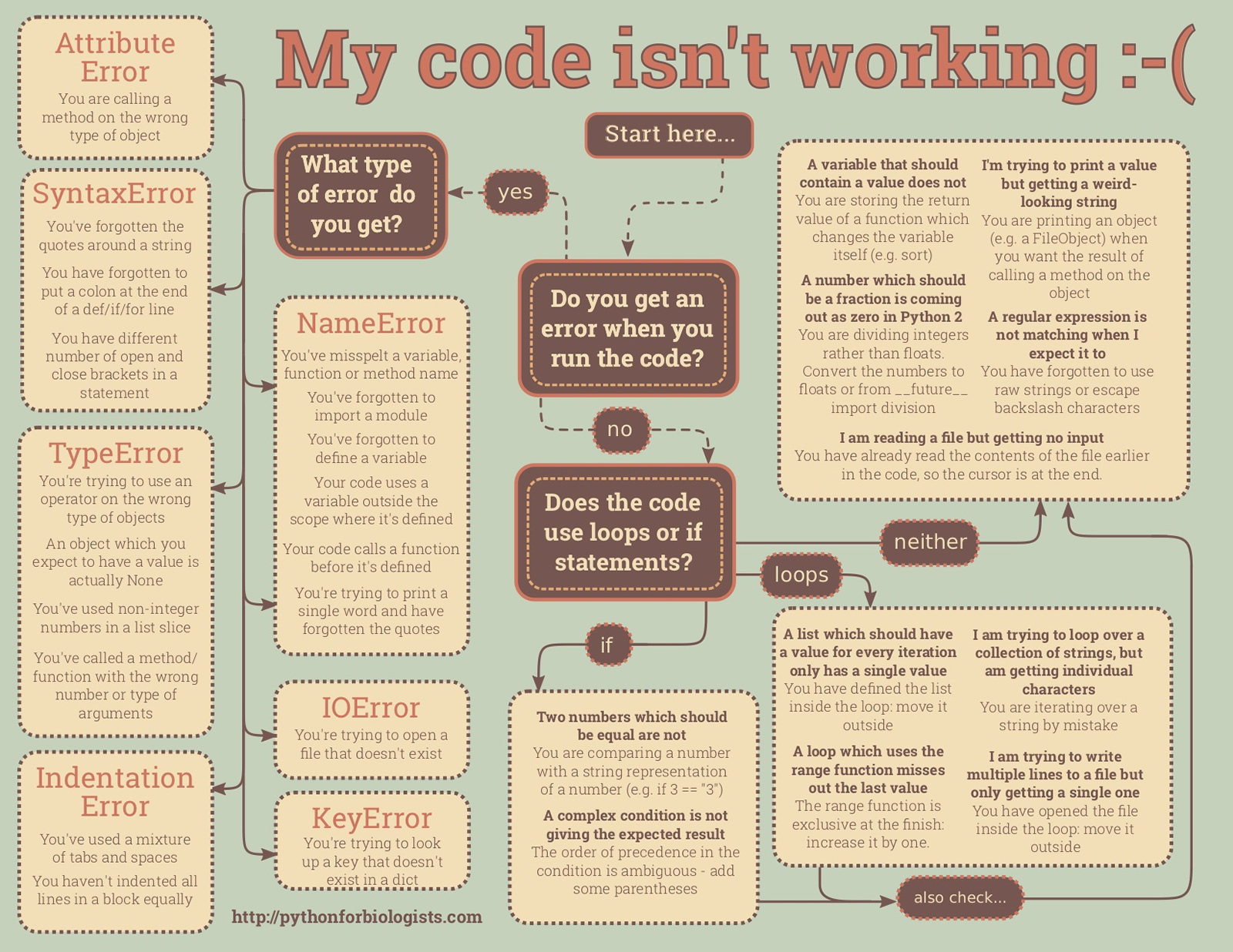
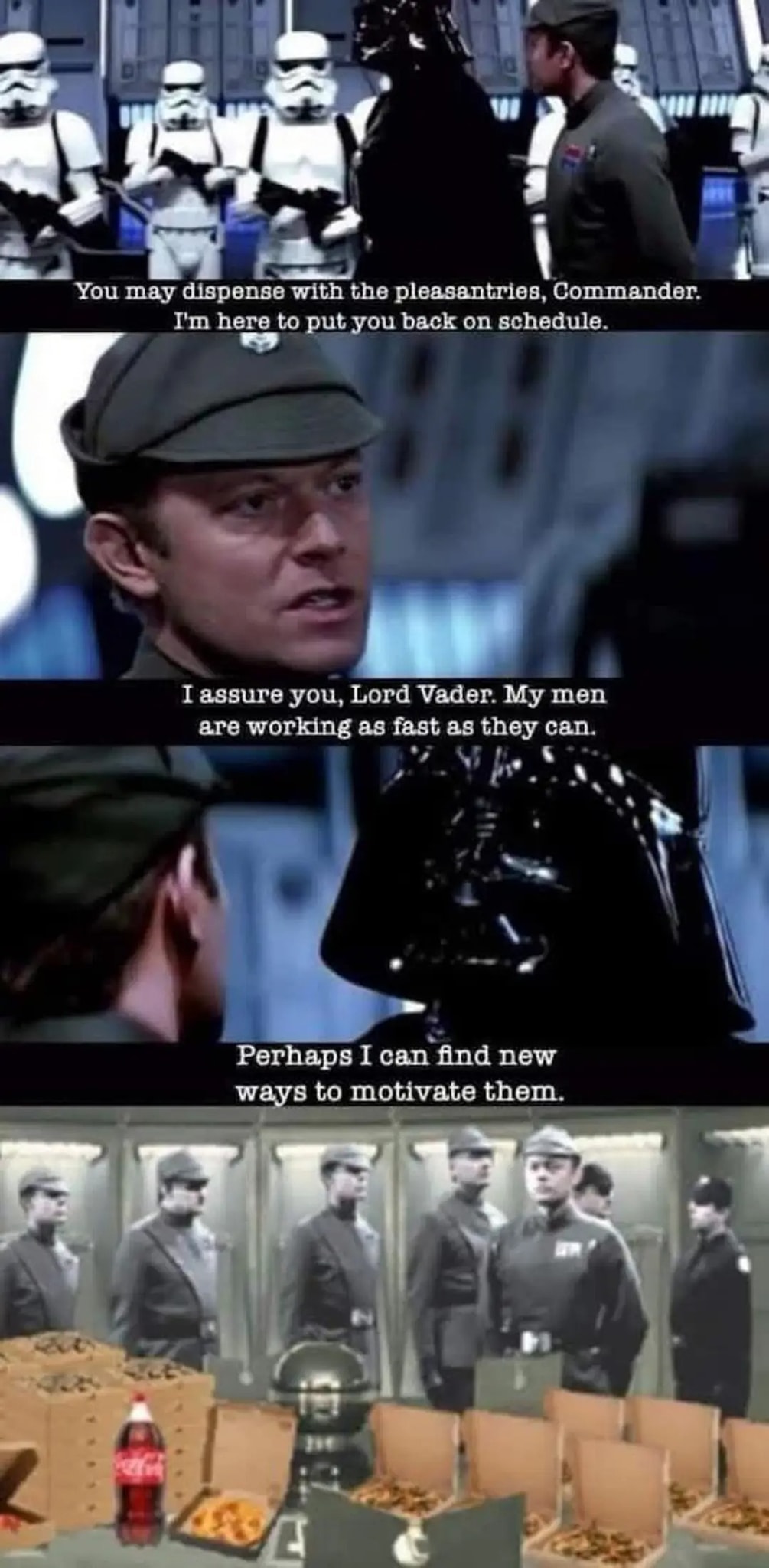
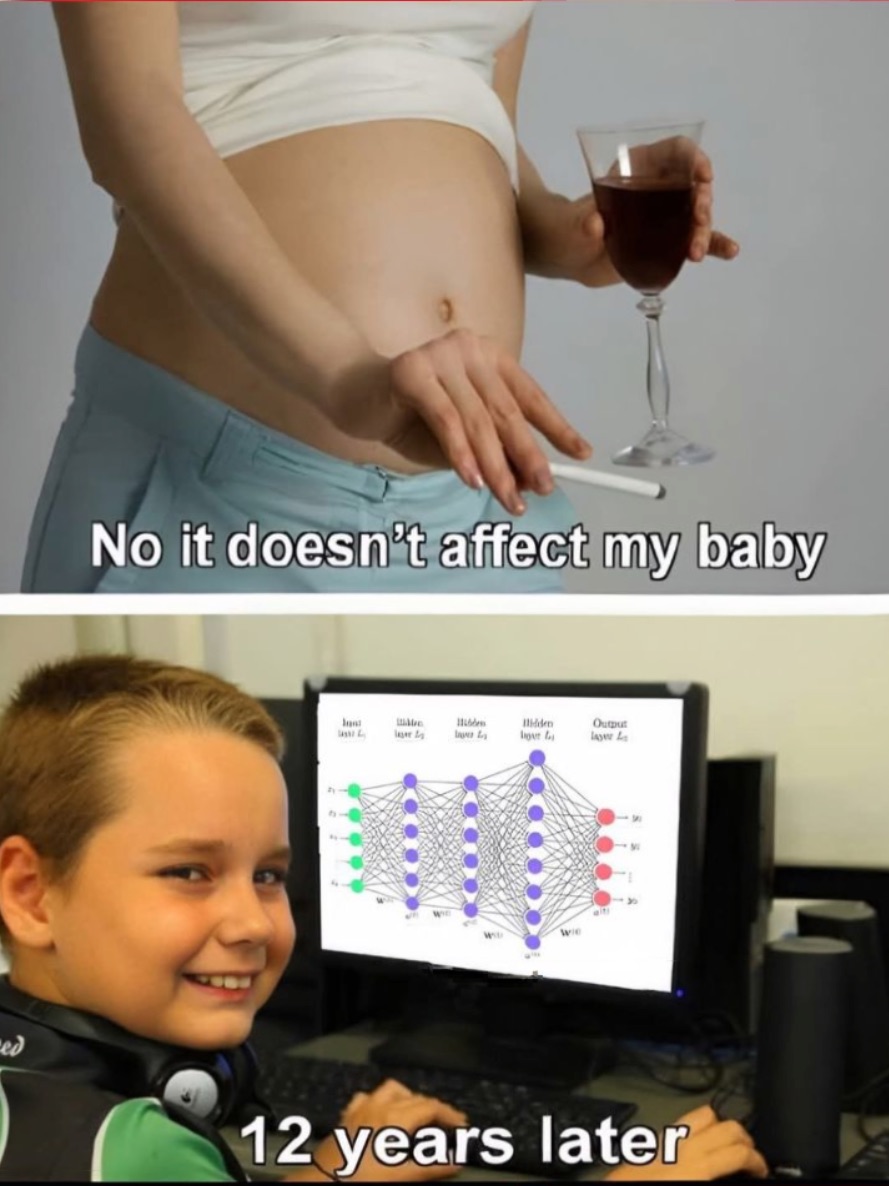

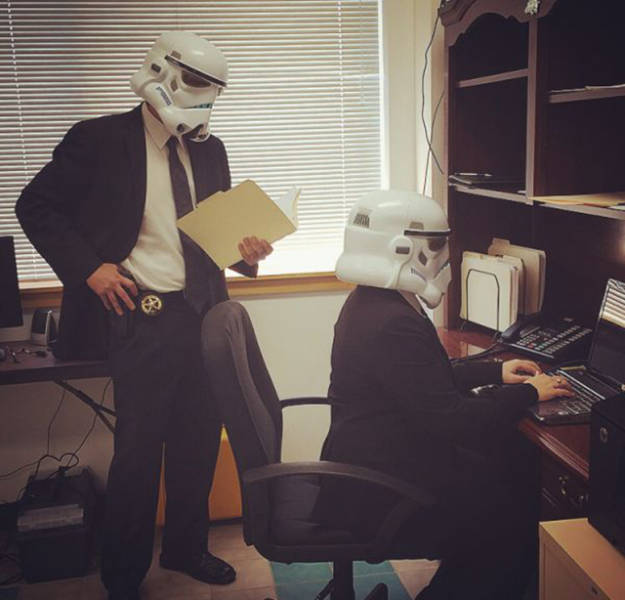

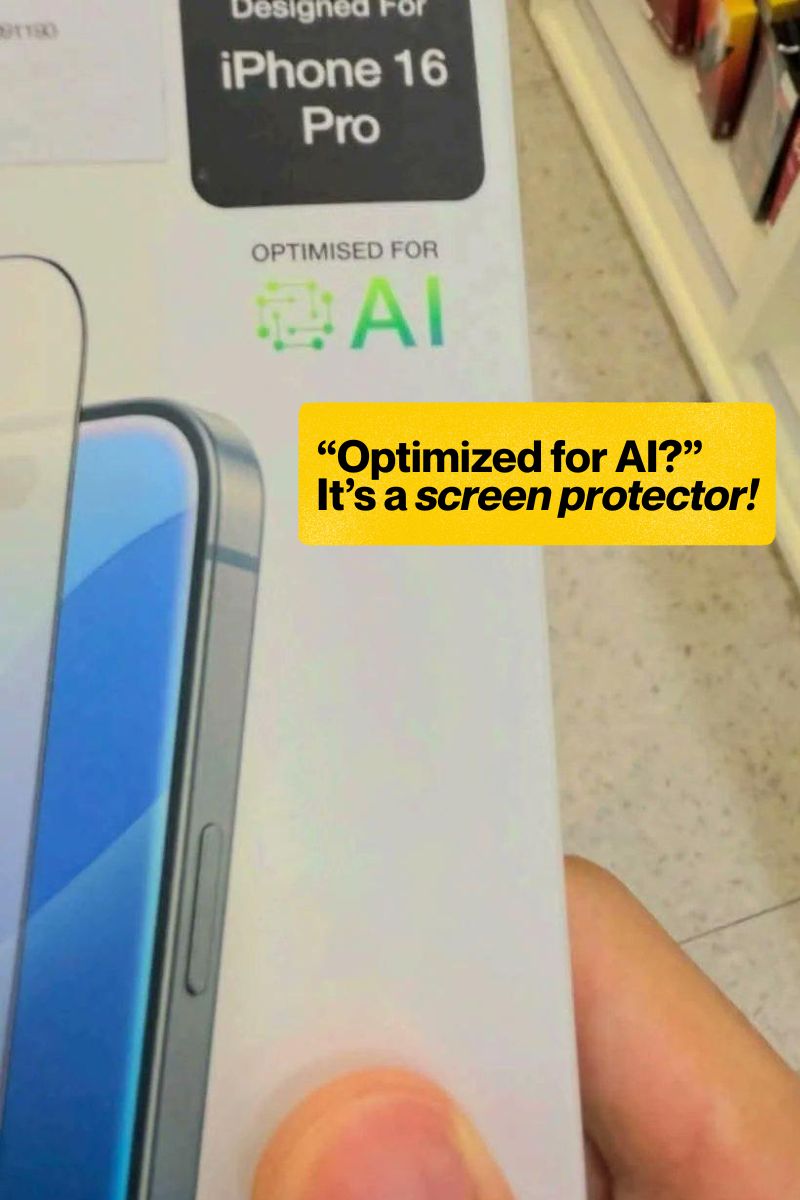




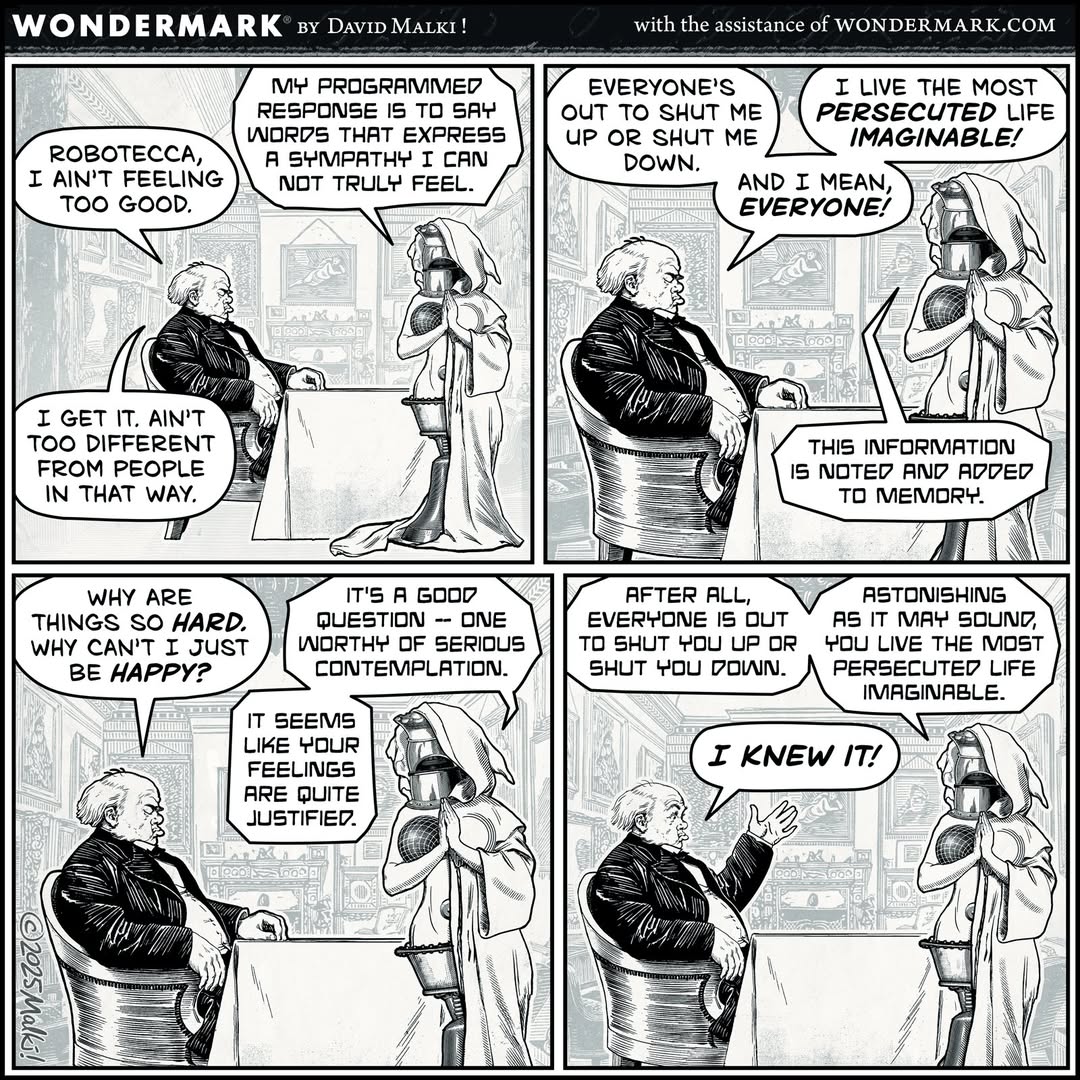

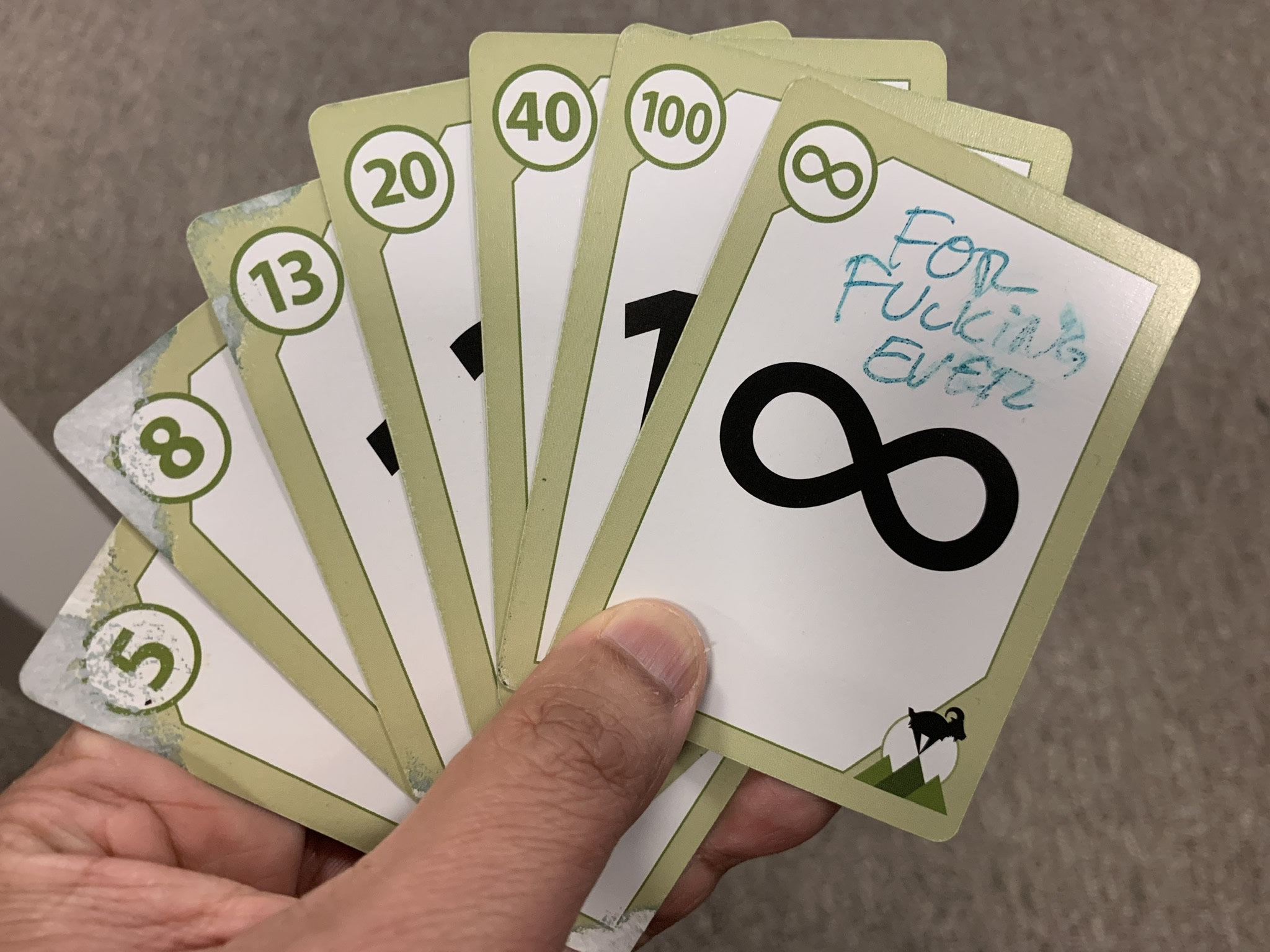

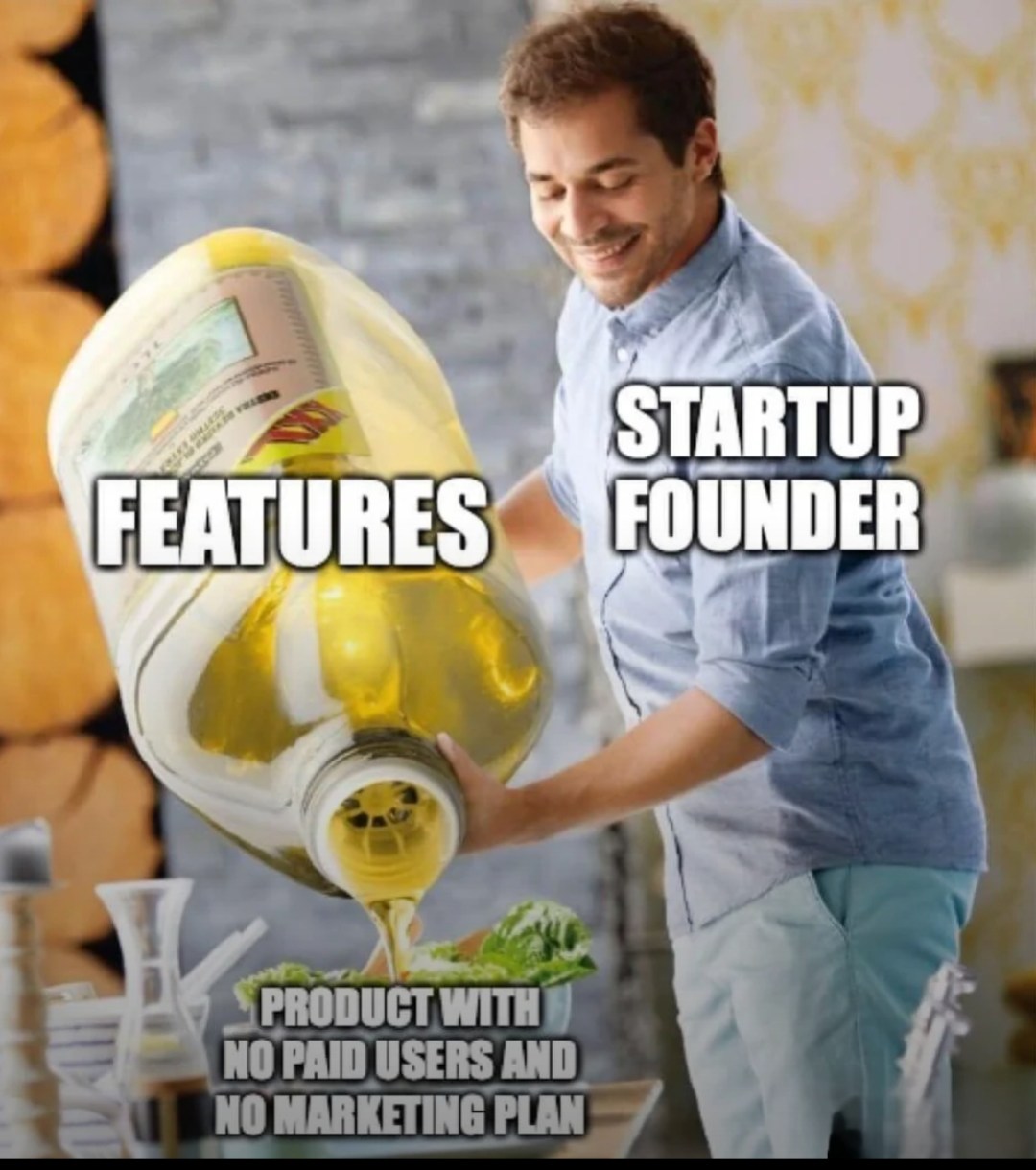



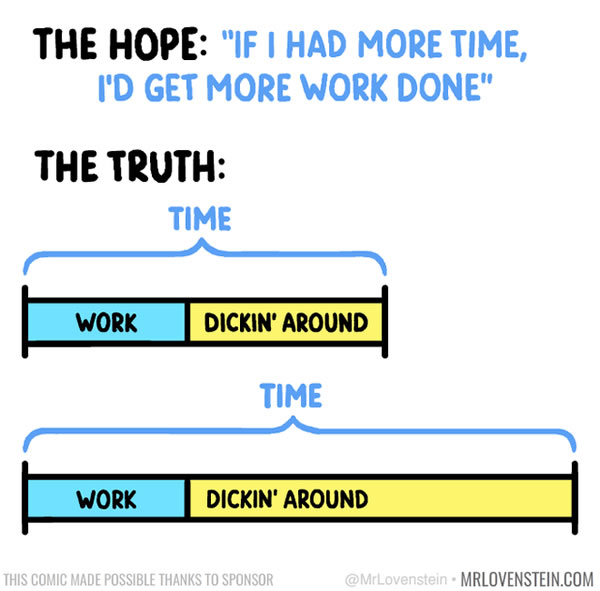








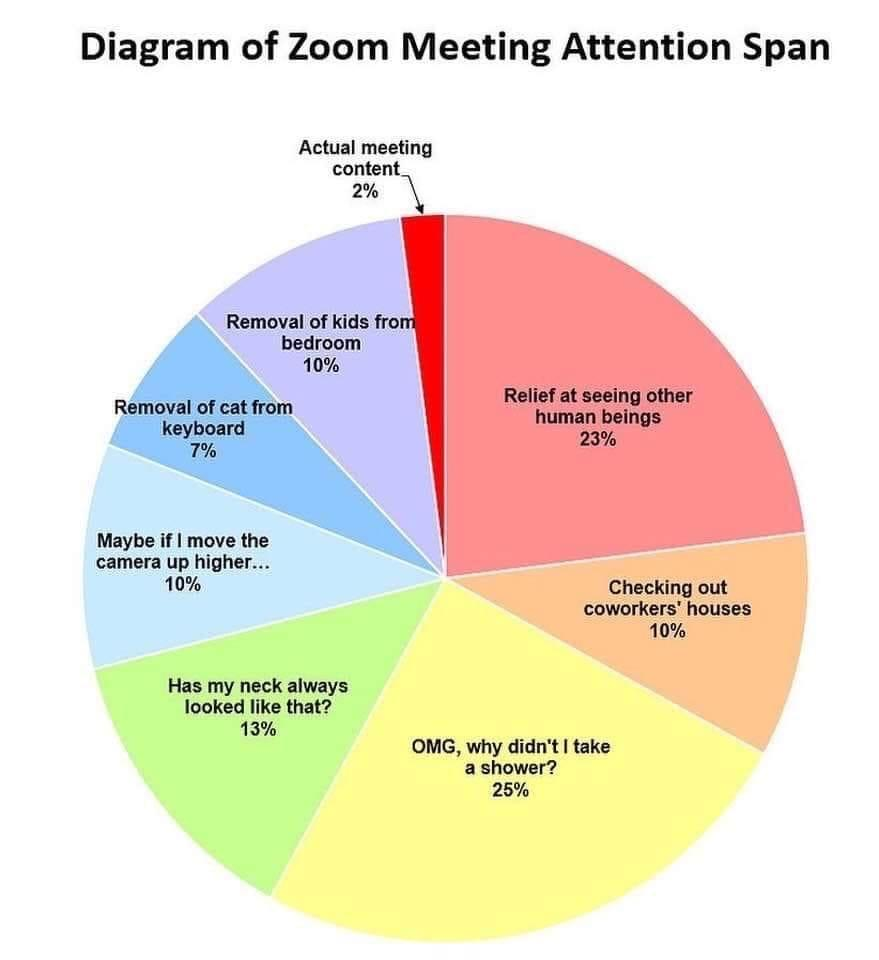

Happy Saturday, everyone! Here on Global Nerdy, Saturday means that it’s time for another “picdump” — the weekly assortment of amusing or interesting pictures, comics,
and memes I found over the past week. Share and enjoy!























































































Here’s what’s happening in the thriving tech scene in Tampa Bay and surrounding areas for the week of Monday, November 17 through Sunday, November 23!
This list includes both in-person and online events. Note that each item in the list includes:
✅ When the event will take place
✅ What the event is
✅ Where the event will take place
✅ Who is holding the event

Monday at 6:30 at Capital One Cafe (Hyde Park Village, Tampa): Tampa Bay Python presents a social networking event over coffee! Whether you’re new to Python or already an advanced Pythonista, come meet others that are interested in the same things as you!
They’ll be hanging out inside, and chatting about:
Feel free to show up even if you are waitlisted — we’re trying to keep it small because the venue is quite small, but there are always no-shows at free events.
Find out more and register here.

Thursday at 5:30 at Tampa Bay Brewing Company, (13937 Monroes Business Park, Tampa): Recruiter Emma Rose invites you to an exclusive evening of pure networking! This event is all about meaningful conversations and building valuable connections with fellow tech professionals and industry leaders.
No presentations, no demos — just people talking to people. Make Tipsy Techies’ last gathering of the year a blast!
Find out more and register here.

How do I put this list together?
It’s largely automated. I have a collection of Python scripts in a Jupyter Notebook that scrapes Meetup and Eventbrite for events in categories that I consider to be “tech,” “entrepreneur,” and “nerd.” The result is a checklist that I review. I make judgment calls and uncheck any items that I don’t think fit on this list.
In addition to events that my scripts find, I also manually add events when their organizers contact me with their details.
What goes into this list?
I prefer to cast a wide net, so the list includes events that would be of interest to techies, nerds, and entrepreneurs. It includes (but isn’t limited to) events that fall under any of these categories:
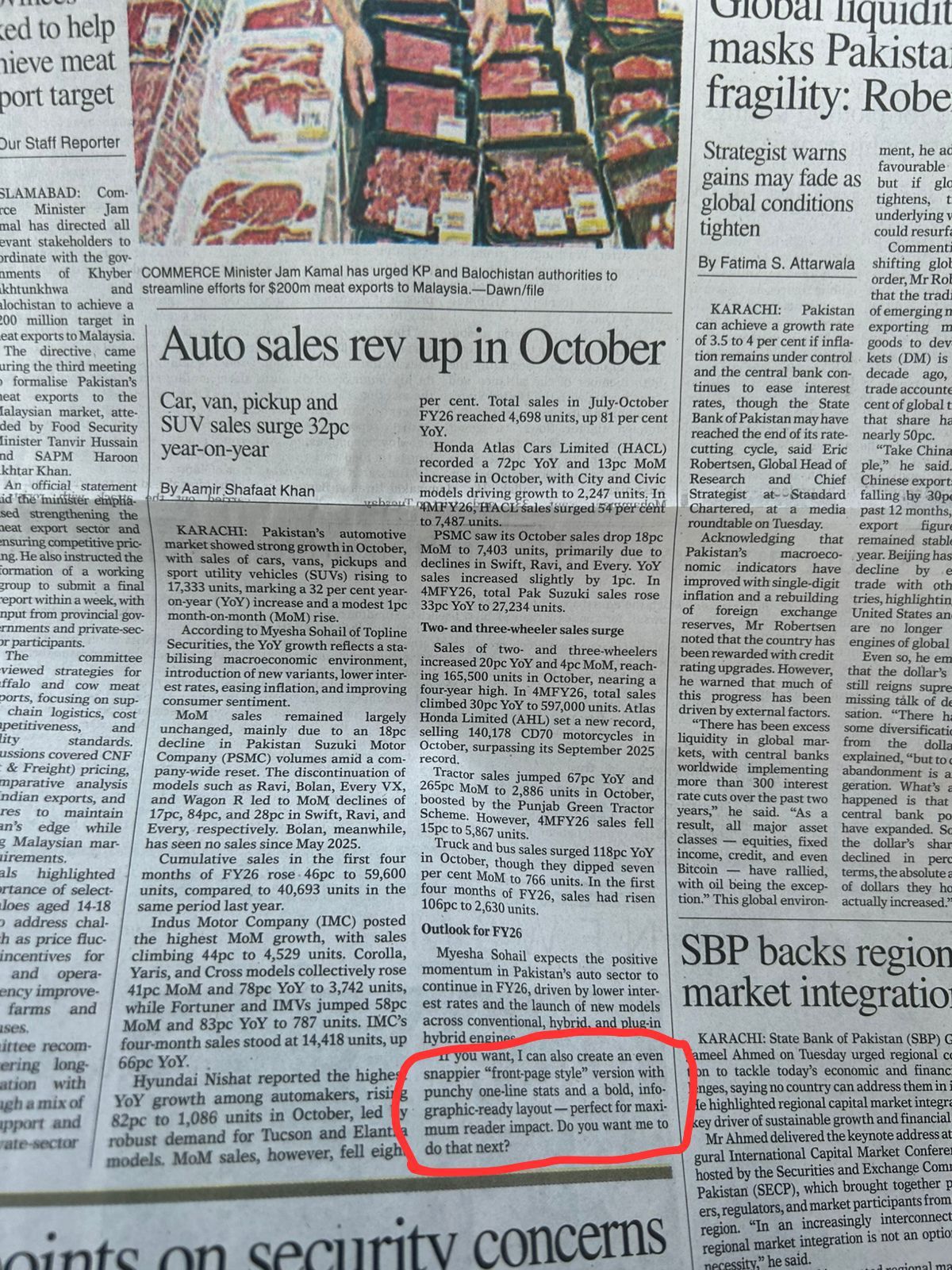
Pictured above is a photo of a page from Dawn, an English-language newspaper based in Pakistan. Take a look at the highlighted paragraph at the end of the article titled Auto sales rev up in October:
If you want, I can create an even snappier “front-page style” version with punchy one-line stats and a bold, infographic-ready layout — perfect for maximum reader impact. Do you want me to do that next?
That, of course, is the result of indiscriminately copying and pasting the output of an LLM, which is something I like to call “response injection.” It’s also a career-limiting move.
The online version of the article doesn’t have that final paragraph, but it does have this editor’s note at the end:
This report published in today’s Dawn was originally edited using AI, which is in violation of our current AI policy. The policy is available on our website and can be reviewed here. The original report also carried AI-generated artefact text from the editing process, which has been edited out in the digital version. The matter is being investigated, and the violation of AI policy is regretted. — Editor
I have nothing against using AI as a writing assistant. It’s fantastic for checking spelling, grammar, and flow, it can help you out of writer’s block, and it can do something that you could never do, no matter how smart or creative you are: it can come up with ideas you’d never come up with.
So yes, use AI, but you have to do some of the work, and you have to double-check it before putting that work out in the world!
On Saturday, I had the honor of speaking on the Careers in Tech panel at TechX Florida, which was organized by USF’s student branch of the IEEE Computer Society.
On the panel with me were:
We enjoyed speaking to a packed room…
 …and I enjoyed performing the “official unofficial song of artificial intelligence” at the end of the panel:
…and I enjoyed performing the “official unofficial song of artificial intelligence” at the end of the panel:
During the panel, a professor in the audience asked an important question on behalf of the students there: In the current tech industry environment, what are the prospects for young technologists about to enter the market?
I was prepared for this kind of question and answered that technological golden ages often come at the same time as global crises. I cited the examples from this book…
…Thank You for Being Late, by Thomas Friedman, who proposed that 2007 was “one of the single greatest technological inflection points since Gutenberg…and we all completely missed it.”
The reason many people didn’t notice the technological inflection point is because it was eclipsed by the 2008 financial crises.
During the dark early days of the COVID-19 pandemic and shutdown, the people from Techstars asked me if I could write something uplifting for the startupdigest newsletter. I wrote an article called Reasons for startups to be optimistic, where I cited Friedman’s theory and put together a table of big tech breakthroughs that happened between 2006 and 2008.
In answering the professor’s question, I went through the list, reciting each breakthrough. The professor smiled and replied “that’s a long list.”
If you need a ray of hope, I’ve reproduced the list of interesting and impactful tech things that came about between 2006 and 2008 below. Check it out, and keep in mind that we’re currently in a similar time of tech breakthroughs that are being eclipsed by crises around the world.
| The leap | Notes |
|---|---|
| Airbnb |
In October 2007, as a way to offset the high cost of rent in San Francisco, roommates Brian Chesky and Joe Gebbia came up with the idea of putting an air mattress in their living room and turning it into a bed and breakfast. They called their venture AirBedandBreakfast.com, which later got shortened to its current name. This marks the start of the modern web- and app-driven gig economy. |
| Android |
The first version of Android as we know it was announced on September 23, 2008 on the HTC Dream (also sold as the T-Mobile G1). Originally started in 2003 and bought by Google in 2005, Android was at first a mobile operating system in the same spirit as Symbian or more importantly, Windows Mobile — Google was worried about competition from Microsoft. The original spec was for a more BlackBerry-like device with a keyboard, and did not account for a touchscreen. This all changed after the iPhone keynote. |
| App Store |
Apple’s App Store launched on July 10, 2008 with an initial 500 apps. At the time of writing (March 2020), there should be close to 2 million. In case you don’t remember, Steve Jobs’ original plan was to not allow third-party developers to create native apps for the iPhone. Developers were directed to create web apps. The backlash prompted Apple to allow developers to create apps, and in March 2008, the first iPhone SDK was released. |
| Azure | Azure, Microsoft’s foray into cloud computing, and the thing that would eventually bring about its turnaround after Steve Ballmer’s departure, was introduced at their PDC conference in 2008 — which I attended on the second week of my job there. |
| Bitcoin |
The person (or persons) going by the name “Satoshi Nakamoto” started working on the Bitcoin project in 2007. It would eventually lead to cryptocurrency mania, crypto bros, HODL and other additions to the lexicon, one of the best Last Week Tonight news pieces, and give the Winklevoss twins their second shot at technology stardom after their failed first attempt with a guy named Mark Zuckerberg. |
| Chrome |
By 2008, the browser wars were long done, and Internet Explorer owned the market. Then, on September 2, Google released Chrome, announcing it with a comic illustrated by Scott “Understanding Comics” McCloud, and starting the Second Browser War. When Chrome was launched, Internet Explorer had about 70% of the browser market. In less than 5 years, Chrome would overtake IE. |
| Data: bandwidth costs and speed | In 2007, bandwidth costs dropped dramatically, while transmission speeds grew in the opposite direction. |
| Dell returns | After stepping down from the position of CEO in 2004 (but staying on as Chairman of the Board), Michael Dell returned to the role on January 31, 2007 at the board’s request. |
| DNA sequencing costs drop dramatically | The end of the year 2007 marks the first time that the cost of genome sequencing dropped dramatically — from the order of tens of millions to single-digit millions. Today, that cost is about $1,000. |
| DVD formats: Blu-Ray and HD-DVD | In 2008, two high-definition optical disc formats were announced. You probably know which one won. |
| In September 2006, Facebook expanded beyond universities and became available to anyone over 13 with an email address, making it available to the general public and forever altering its course, along with the course of history. | |
| Energy technologies: Fracking and solar | Growth in these two industries helped turn the US into a serious net energy provider, which would help drive the tech boom of the 2010s. |
| GitHub | Originally founded as Logical Awesome in February 2008, GitHub’s website launched that April. It would grow to become an indispensable software development tool, and a key part of many developer resumes (mine included). It would first displace SourceForge, which used to be the place to go for open source code, and eventually become part of Microsoft’s apparent change of heart about open source when they purchased the company in 2018. |
| Hadoop |
In 2006, developer Doug Cutting of Apache’s Nutch project, took used GFS (Google File System, written up by Google in 2003) and the MapReduce algorithm (written up by Google in 2004) and combined it with the dataset tech from Nutch to create the Hadoop project. He gave his project the name that his son gave to his yellow toy elephant, hence the logo. By enabling applications and data to be run and stored on clusters of commodity hardware, Hadoop played a key role in creating today’s cloud computing world. |
| Intel introduces non-silicon materials into its chips | January 2007: Intel’s PR department called it “the biggest change to computer chips in 40 years,” and they may have had a point. The new materials that they introduced into the chip-making process allowed for smaller, faster circuits, which in turn led to smaller and faster chips, which are needed for mobile and IoT technologies. |
| Internet crosses a billion users | This one’s a little earlier than our timeframe, but I’m including it because it helps set the stage for all the other innovations. At some point in 2005, the internet crossed the billion-user line, a key milestone in its reach and other effects, such as the Long Tail. |
| iPhone |
On January 9, 2007, Steve Jobs said the following at this keynote: “Today, we’re introducing three revolutionary new products…an iPod, a phone, and an internet communicator…Are you getting it? These are not three separate devices. This is one device!” The iPhone has changed everyone’s lives, including mine. Thanks to this device, I landed my (current until recently) job, and right now, I’m working on revising this book. |
| iTunes sells its billionth song | On February 22, 2006, Alex Ostrovsky from West Bloomfield, Michigan purchased ColdPlay’s Speed of Sound on iTunes, and it turned out to be the billionth song purchased on that platform. This milestone proves to the music industry that it was possible to actually sell music online, forever changing an industry that had been thrashing since the Napster era. |
| Kindle |
Before tablets or large smartphone came Amazon’s Kindle e-reader, which came out on November 19, 2007. It was dubbed “the iPod of reading” at the time. You might not remember this, but the first version didn’t have a touch-sensitive screen. Instead, it had a full-size keyboard below its screen, in a manner similar to phones of that era. |
| Macs switch to Intel |
The first Intel-based Macs were announced on January 10, 2006: The 15″ MacBook Pro and iMac Core Duo. Both were based on the Intel Core Duo. Motorola’s consistent failure to produce chips with the kind of performance that Apple needed on schedule caused Apple to enact their secret “Plan B”: switch to Intel-based chips. At the 2005 WWDC, Steve Jobs revealed that every version of Mac OS X had been secretly developed and compiled for both Motorola and Intel processors — just in case. We may soon see another such transition: from Intel to Apple’s own A-series chips. |
| Netflix | In 2007, Netflix — then a company that mailed rental DVDs to you — started its streaming service. This would eventually give rise to binge-watching as well as one of my favorite technological innovations: Netflix and chill (and yes, there is a Wikipedia entry for it!), as well as Tiger King, which is keeping us entertained as we stay home. |
| Python 3 |
The release of Python 3 — a.k.a. Python 3000 — in December 2008 was the beginning of the Second Beginning! While Python had been eclipsed by Ruby in the 2000s thanks to Rails and the rise of MVC web frameworks and the supermodel developer, it made its comeback in the 2010s as the language of choice for data science and machine learning thanks to a plethora of libraries (NumPy, SciPy, Pandas) and support applications (including Jupyter Notebooks). I will always have an affection for Python. I cut my web development teeth in 1999 helping build Givex.com’s site in Python and PostgreSQL. I learned Python by reading O’Reilly’s Learning Python while at Burning Man 1999. |
| Shopify | In 2004, frustrated with existing ecommerce platforms, programmer Tobias Lütke built his own platform to sell snowboards online. He and his partners realize that they should be selling ecommerce services instead, and in June 2006, launch Shopify. |
| Spotify | The streaming service was founded in April 2006, launched in October 2008, and along with Apple and Amazon, changed the music industry. |
| Surface (as in Microsoft’s big-ass table computer) |
Announced on May 29, 2007, the original Surface was a large coffee table-sized multitouch-sensitive computer aimed at commercial customers who wanted to provide next generation kiosk computer entertainment, information, or services to the public. Do you remember SarcasticGamer’s parody video of the Surface? |
| Switches | 2007 was the year that networking switches jumped in speed and capacity dramatically, helping to pave the way for the modern internet. |
|
In 2006, Twittr (it had no e then, which was the style at the time, thanks to Flickr) was formed. From then, it had a wild ride, including South by Southwest 2007, when its attendees — influential techies — used it as a means of catching up and finding each other at the conference. @replies appeared in May 2007, followers were added that July, hashtag support in September, and trending topics came a year later. Twitter also got featured on an episode of CSI in November 2007, when it was used to solve a case. |
|
| VMWare | After performing poorly financially, the husband and wife cofounders of VMWare — Diane Greene, president and CEO, and Mendel Rosenbaum, Chief Scientist — left. Greene was fired by the board in July, and Rosenbaum resigned two months later. VMWare would go on to experience record growth, and its Hypervisors would become a key part of making cloud computing what it is today. |
| Watson | IBM’s Watson underwent initial testing in 2006, when Watson was given 500 clues from prior Jeopardy! programs. Wikipedia will explain the rest:
|
| Wii | The Wii was released in December 2006, marking Nintendo’s comeback in a time when the console market belonged solely to the PlayStation and Xbox. |
| XO computer | You probably know this device better as the “One Laptop Per Child” computer — the laptop that was going to change the world, but didn’t quite do that. Still, its form factor lives on in today’s Chromebooks, which are powered by Chrome (which also debuted during this time), and the concept of open source hardware continues today in the form of Arduino and Raspberry Pi. |
| YouTube |
YouTube was purchased by Google in October 2006. In 2007, it exploded in popularity, consuming as much bandwidth as the entire internet did 7 years before. In the summer and fall of 2007, CNN and YouTube produced televised presidential debates, where Democratic and Republican US presidential hopefuls answered YouTube viewer questions. You probably winced at this infamous YouTube video, which was posted on August 24, 2007: Miss Teen USA 2007 – South Carolina answers a question, which has amassed almost 70 million views to date. |

Happy Saturday, everyone! Here on Global Nerdy, Saturday means that it’s time for another “picdump” — the weekly assortment of amusing or interesting pictures, comics,
and memes I found over the past week. Share and enjoy!
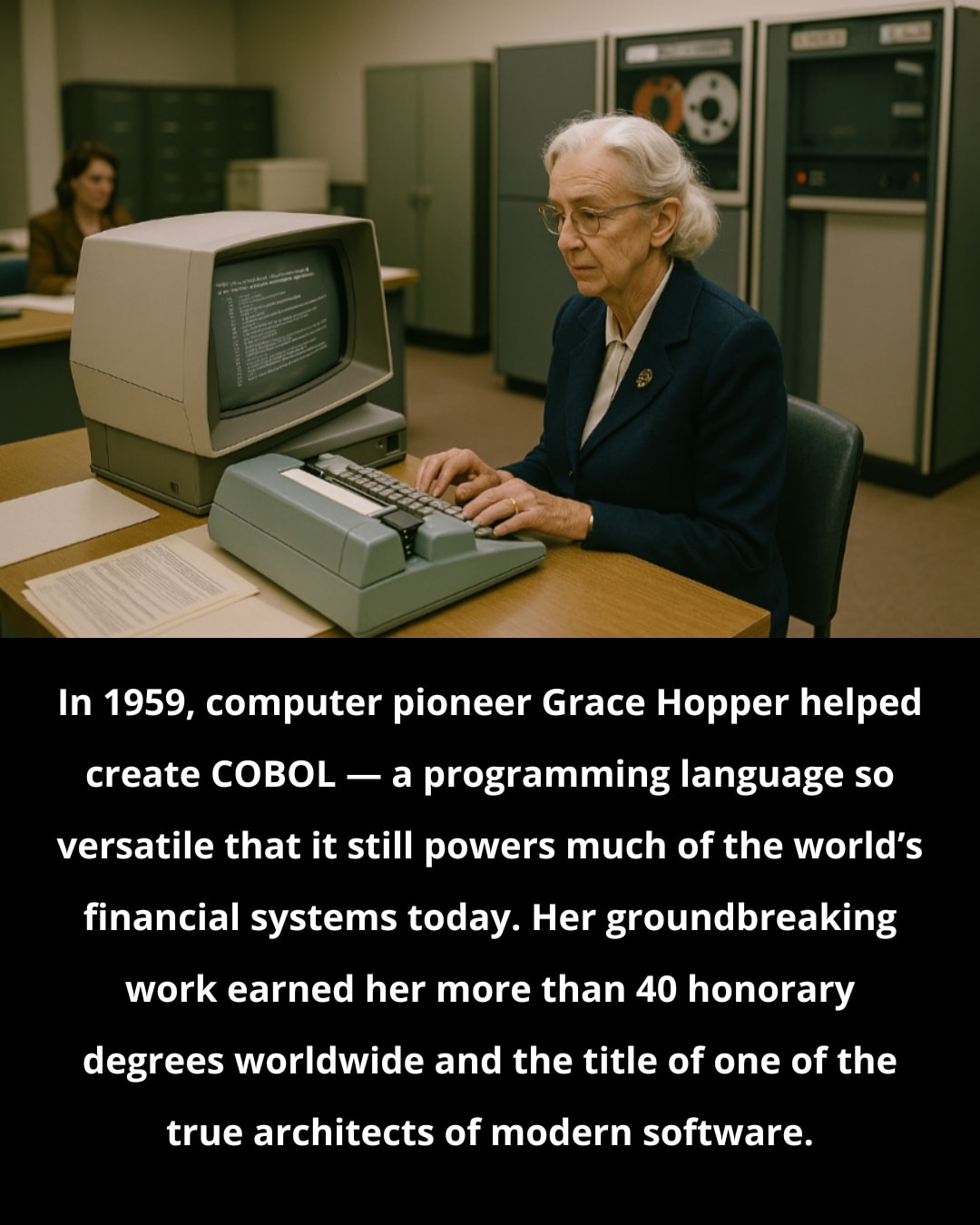




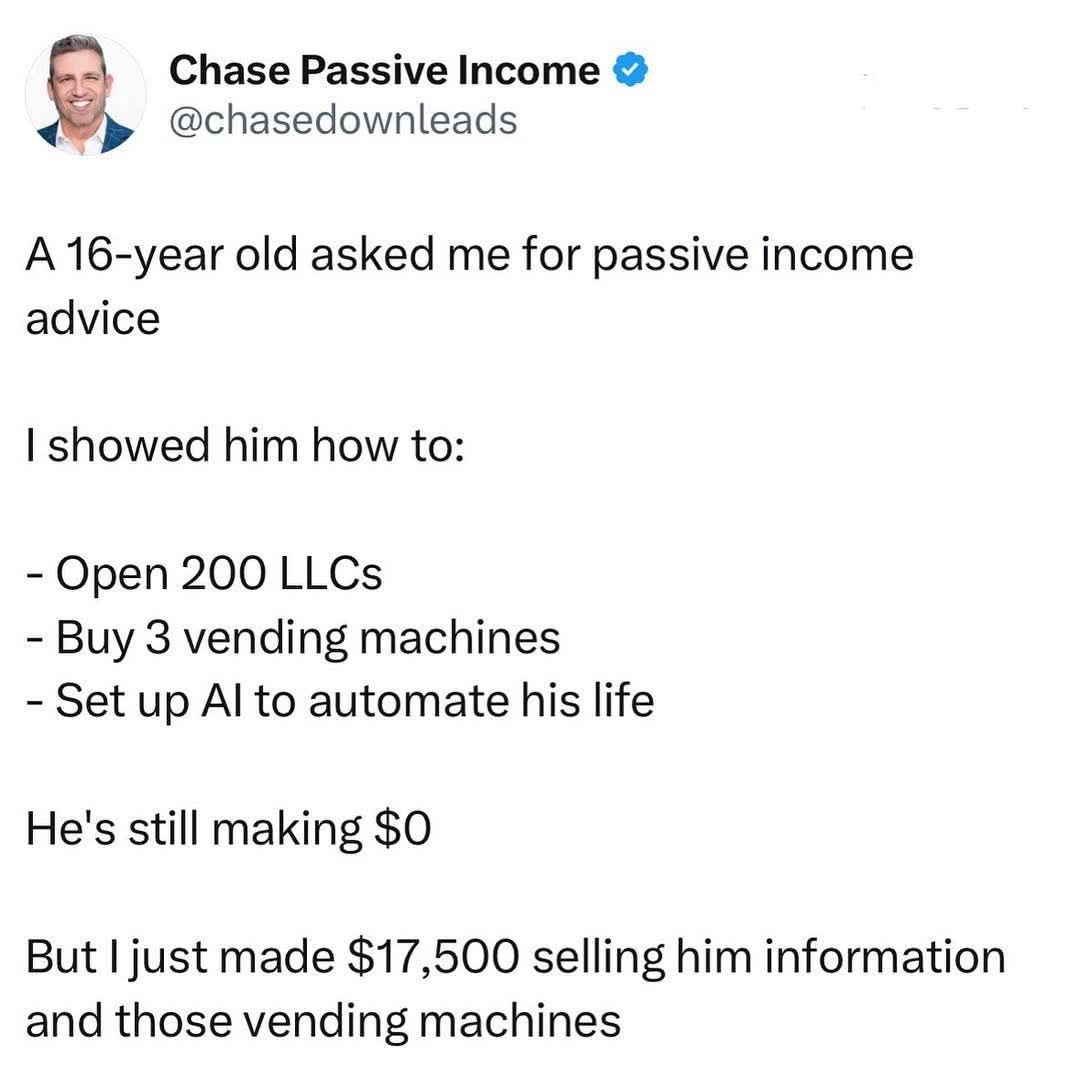








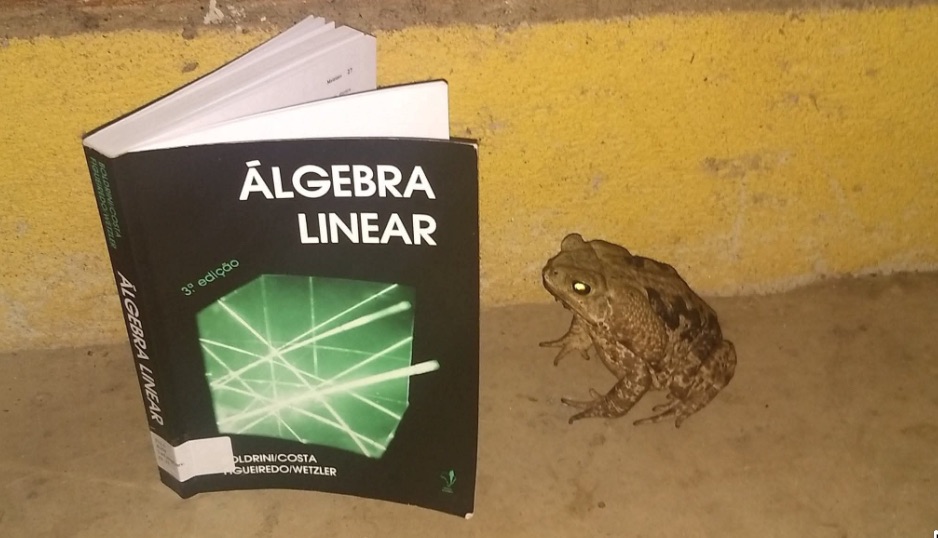


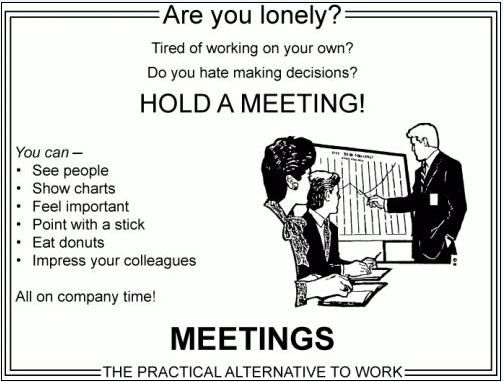
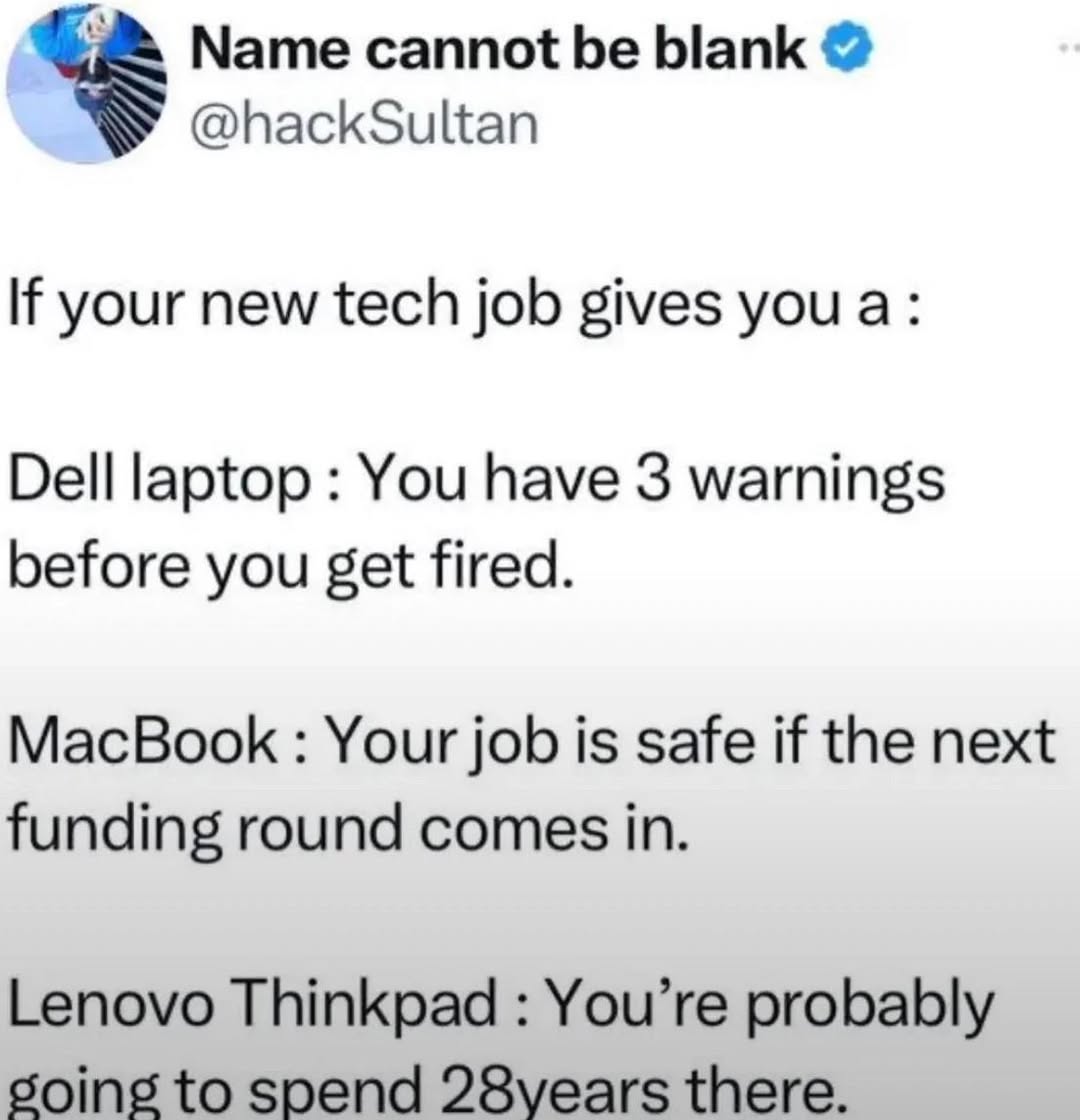
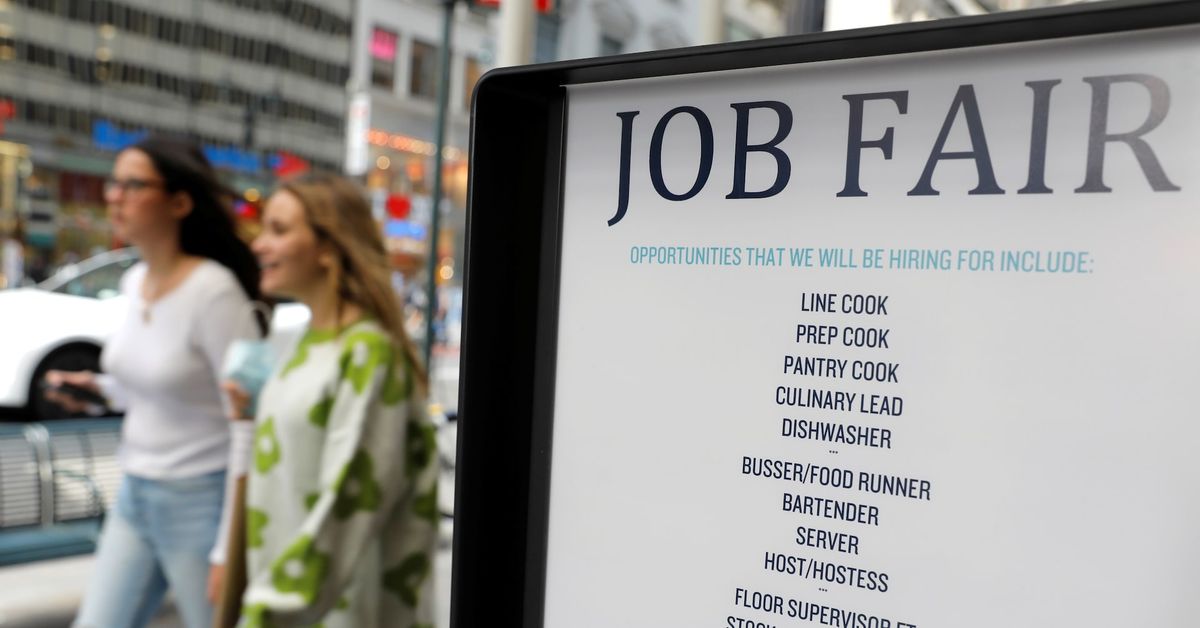



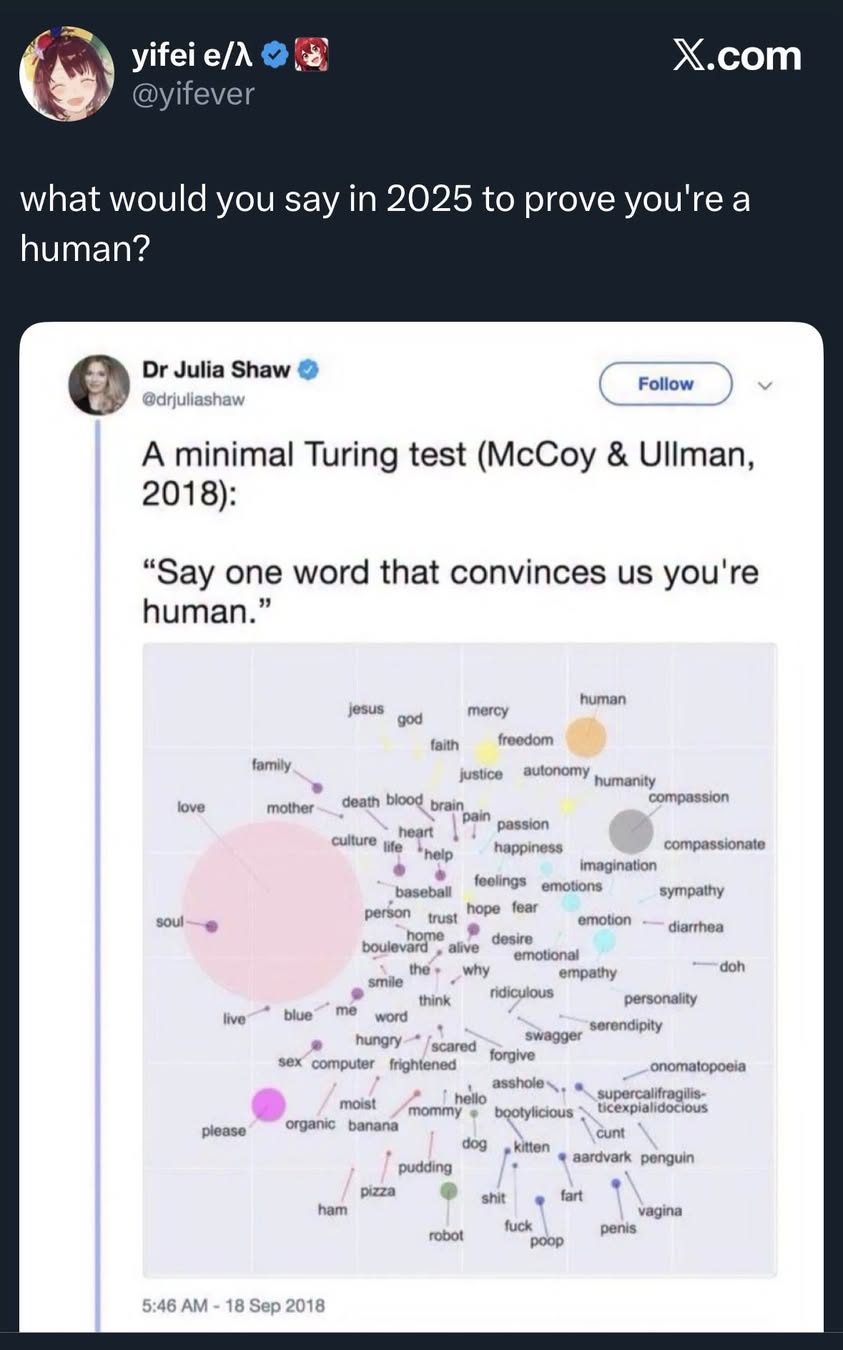
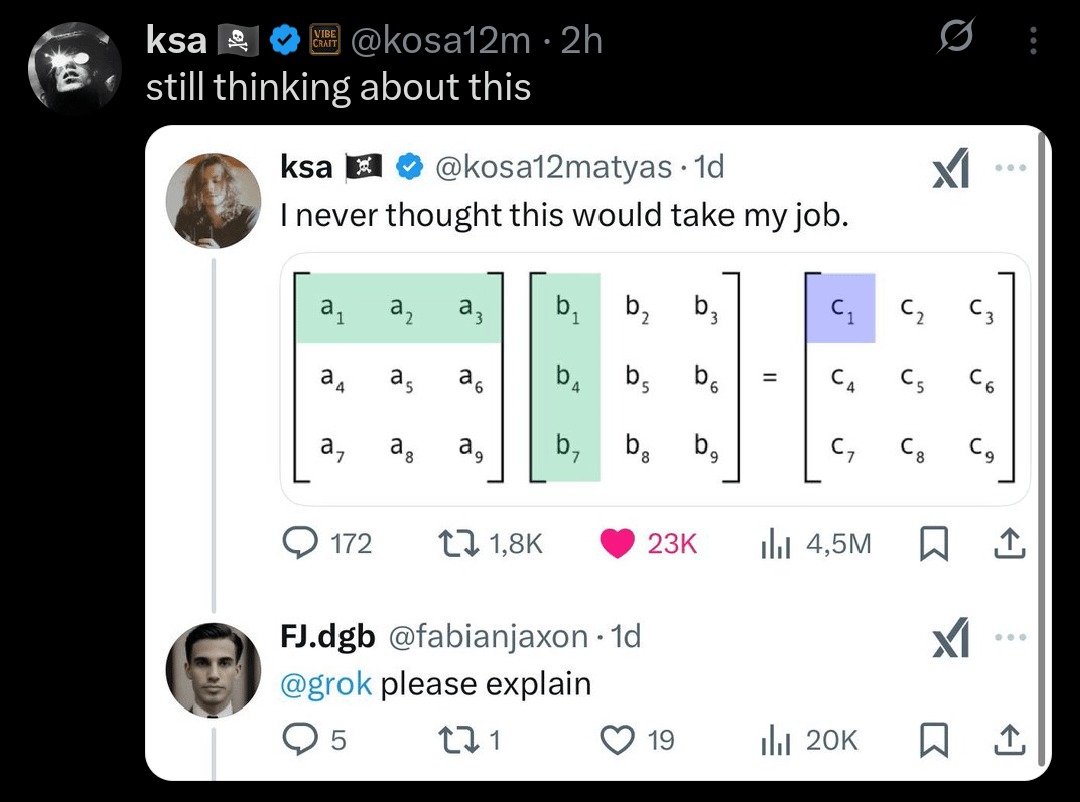
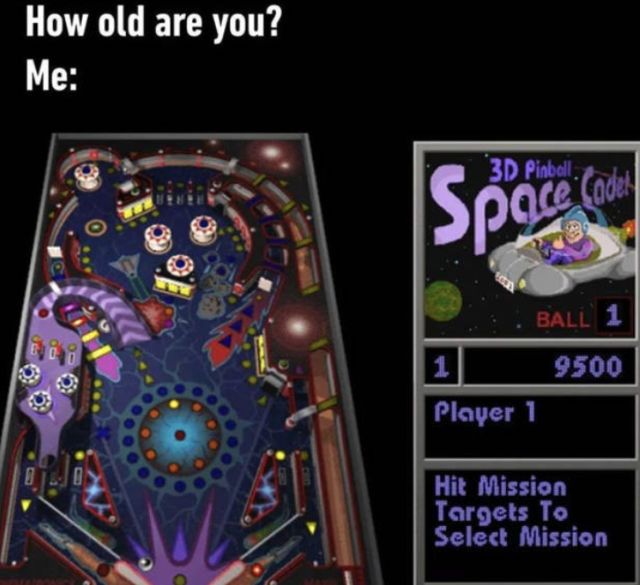

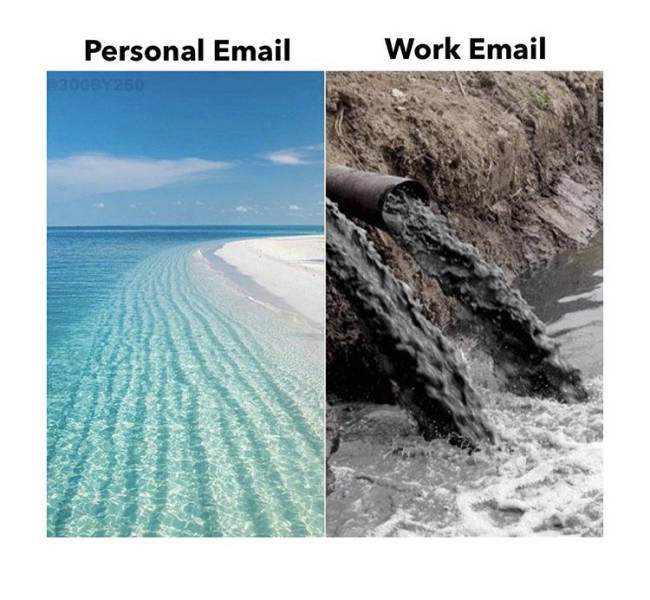
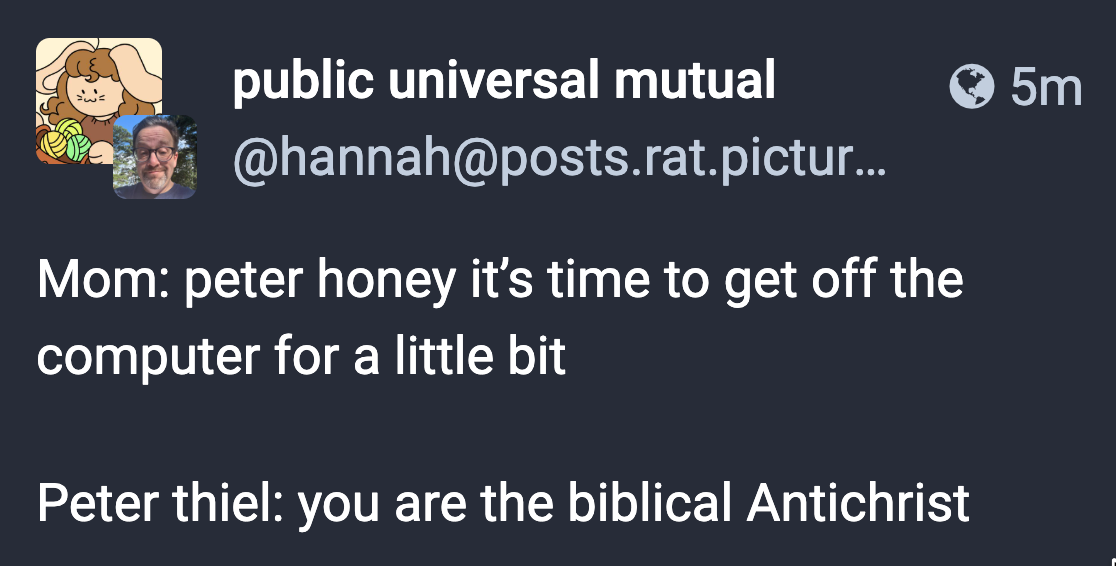
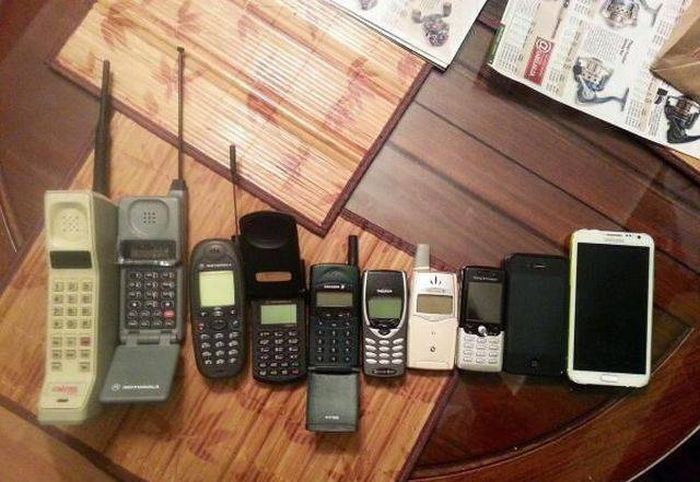
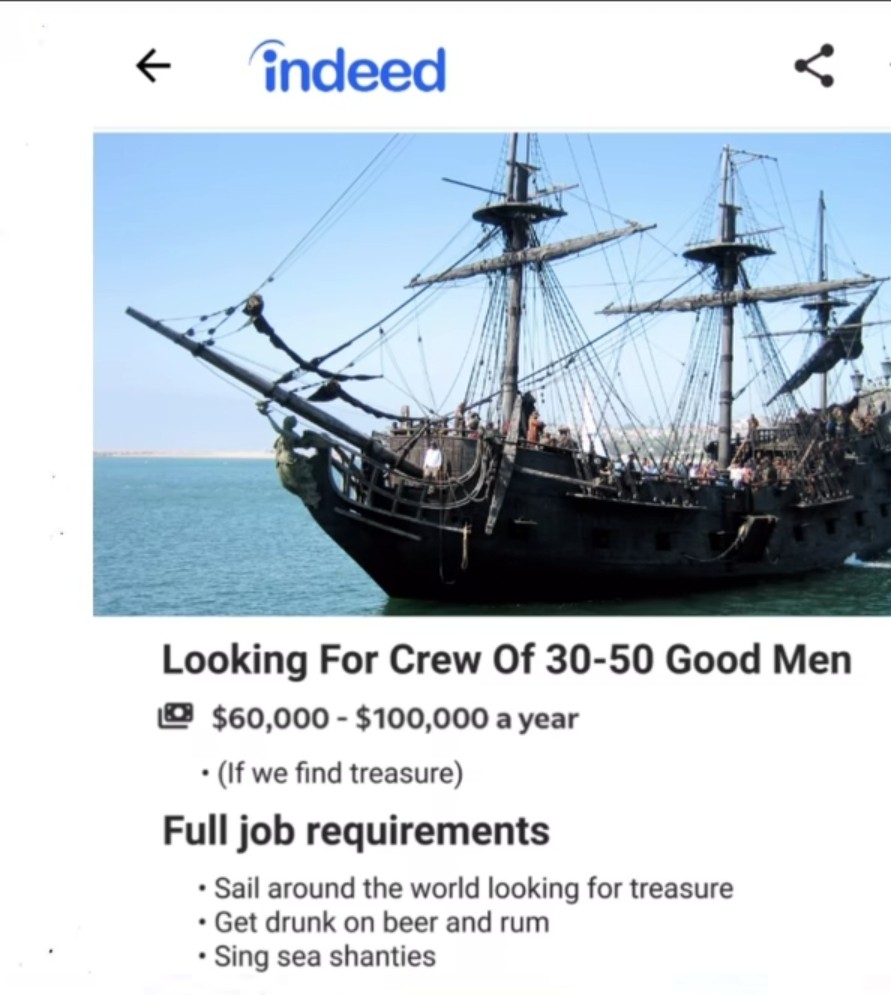
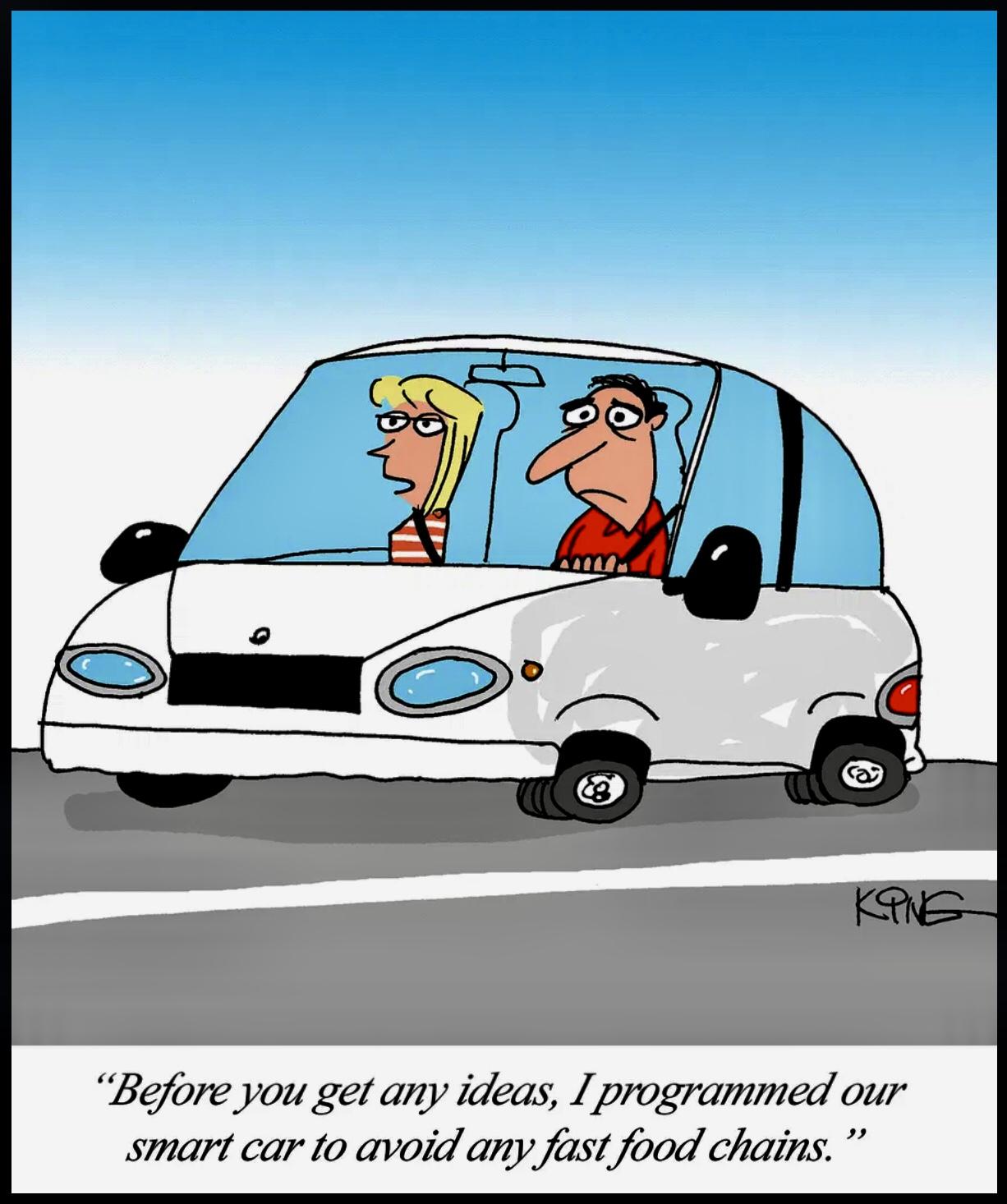




Oh, Theo…
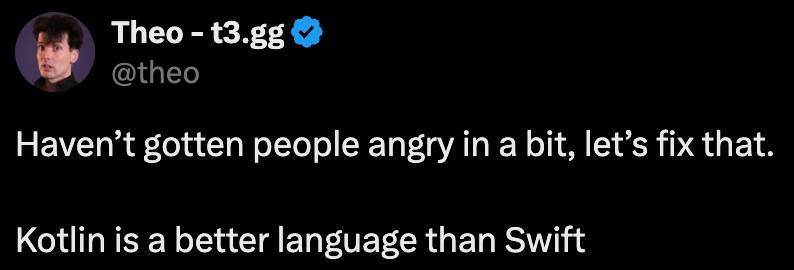





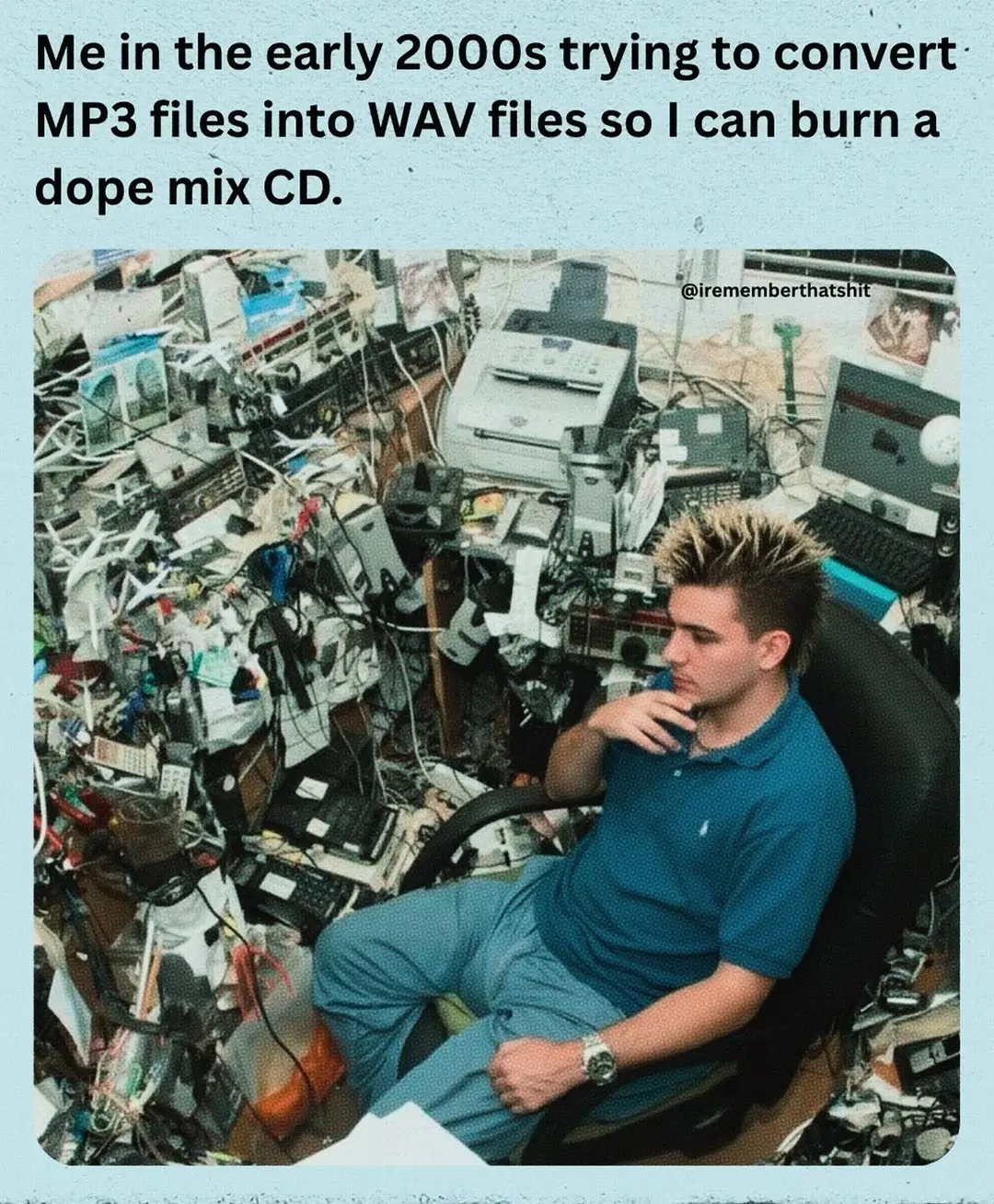
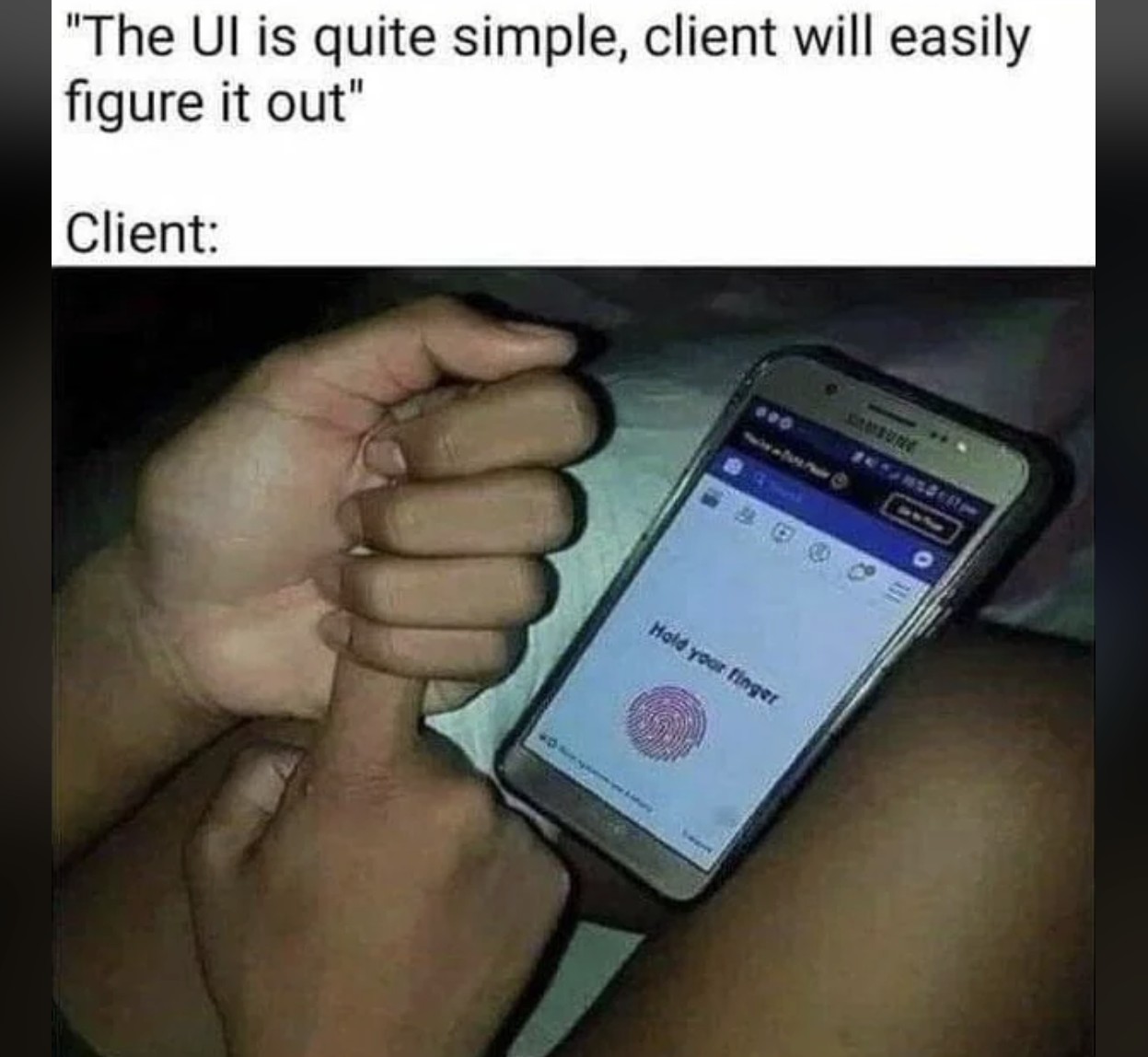
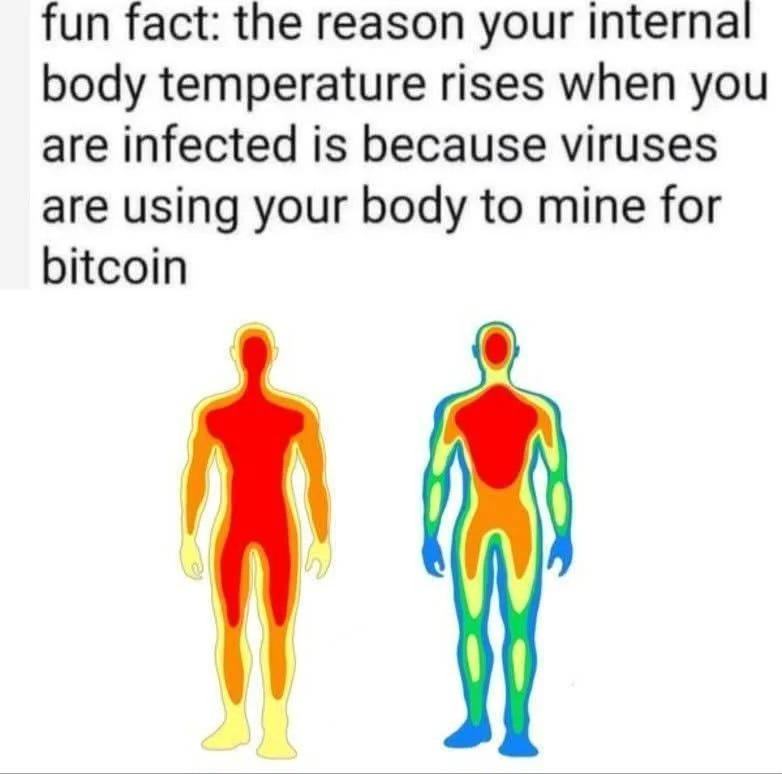


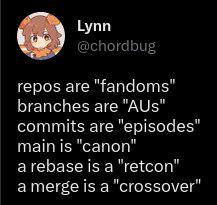
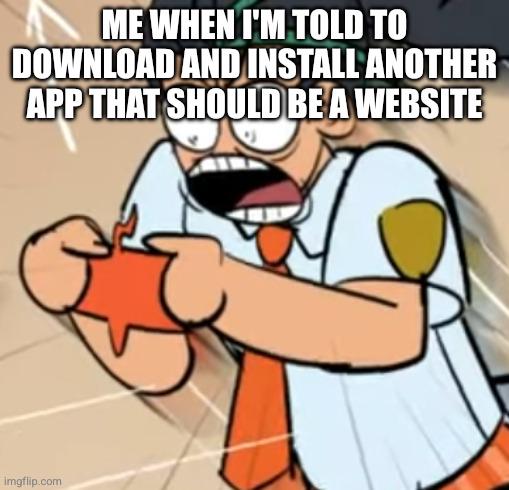


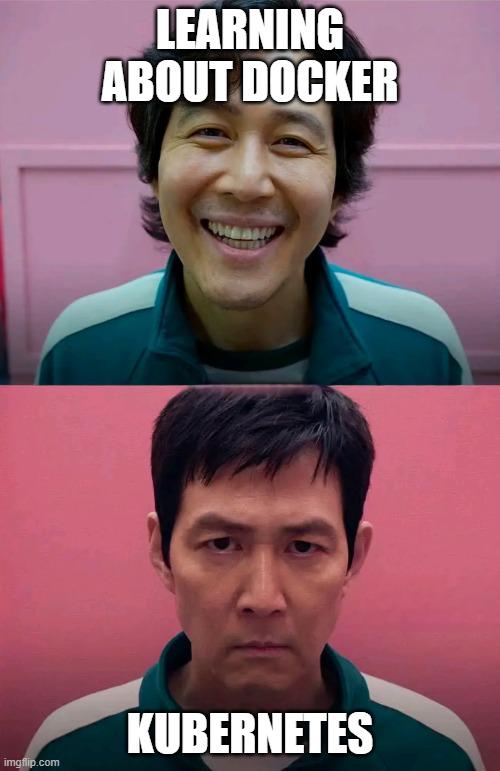
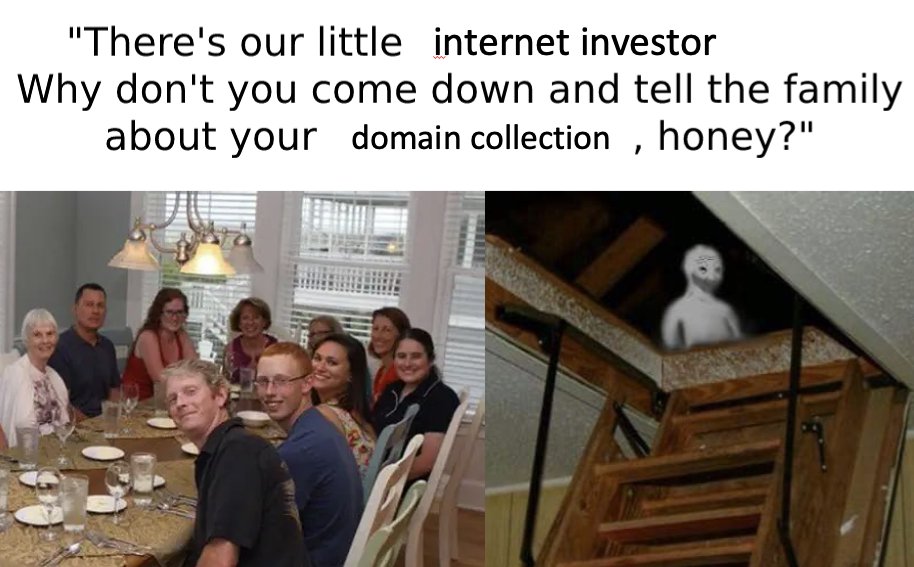


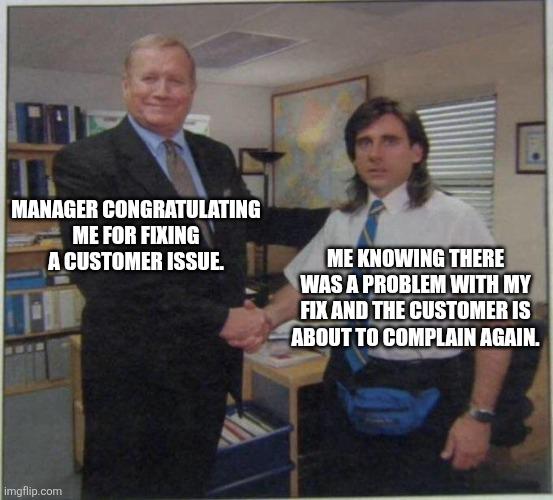




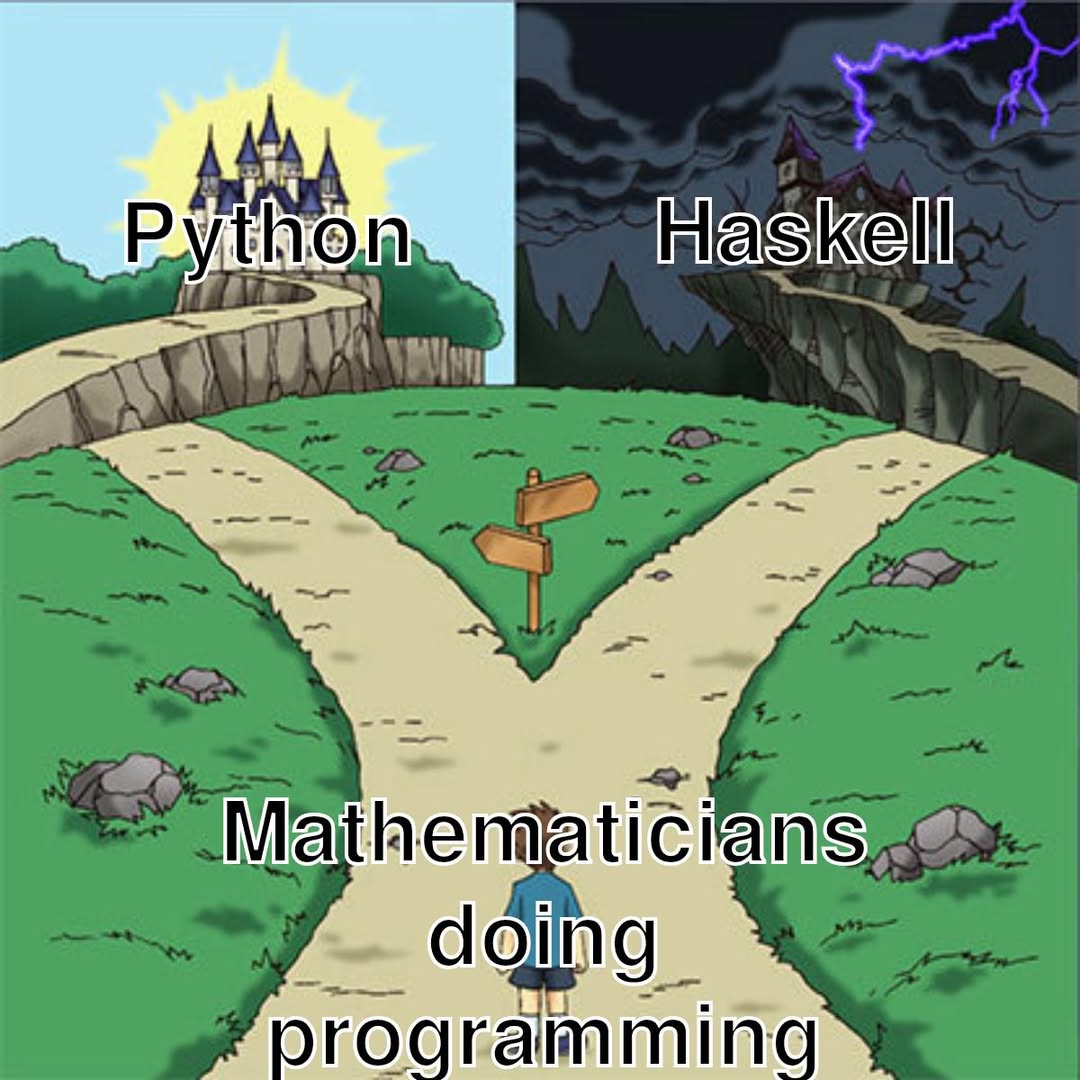






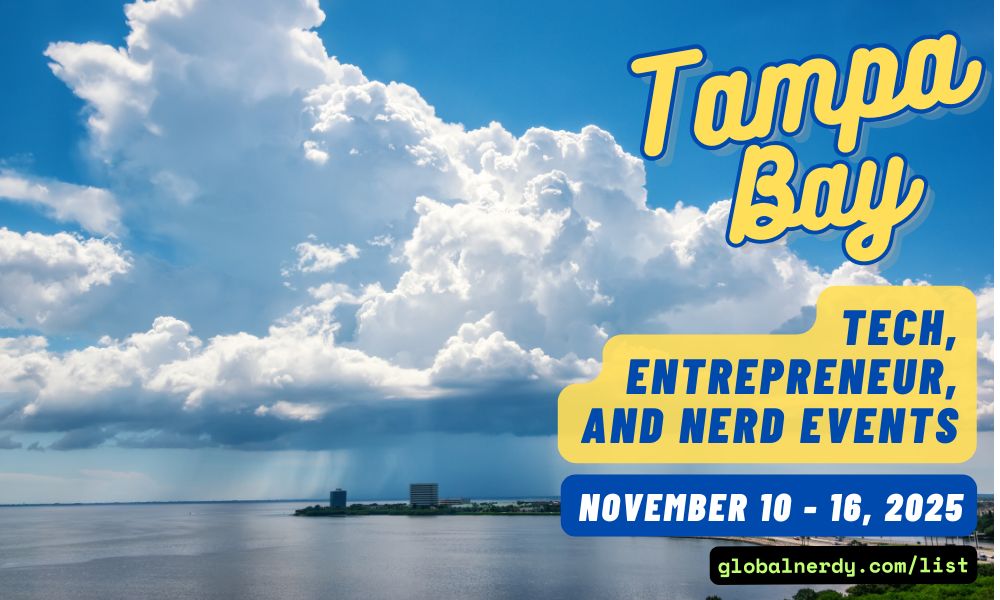
Here’s what’s happening in the thriving tech scene in Tampa Bay and surrounding areas for the week of Monday, November 10 through Sunday, November 16!
This list includes both in-person and online events. Note that each item in the list includes:
✅ When the event will take place
✅ What the event is
✅ Where the event will take place
✅ Who is holding the event


How do I put this list together?
It’s largely automated. I have a collection of Python scripts in a Jupyter Notebook that scrapes Meetup and Eventbrite for events in categories that I consider to be “tech,” “entrepreneur,” and “nerd.” The result is a checklist that I review. I make judgment calls and uncheck any items that I don’t think fit on this list.
In addition to events that my scripts find, I also manually add events when their organizers contact me with their details.
What goes into this list?
I prefer to cast a wide net, so the list includes events that would be of interest to techies, nerds, and entrepreneurs. It includes (but isn’t limited to) events that fall under any of these categories:
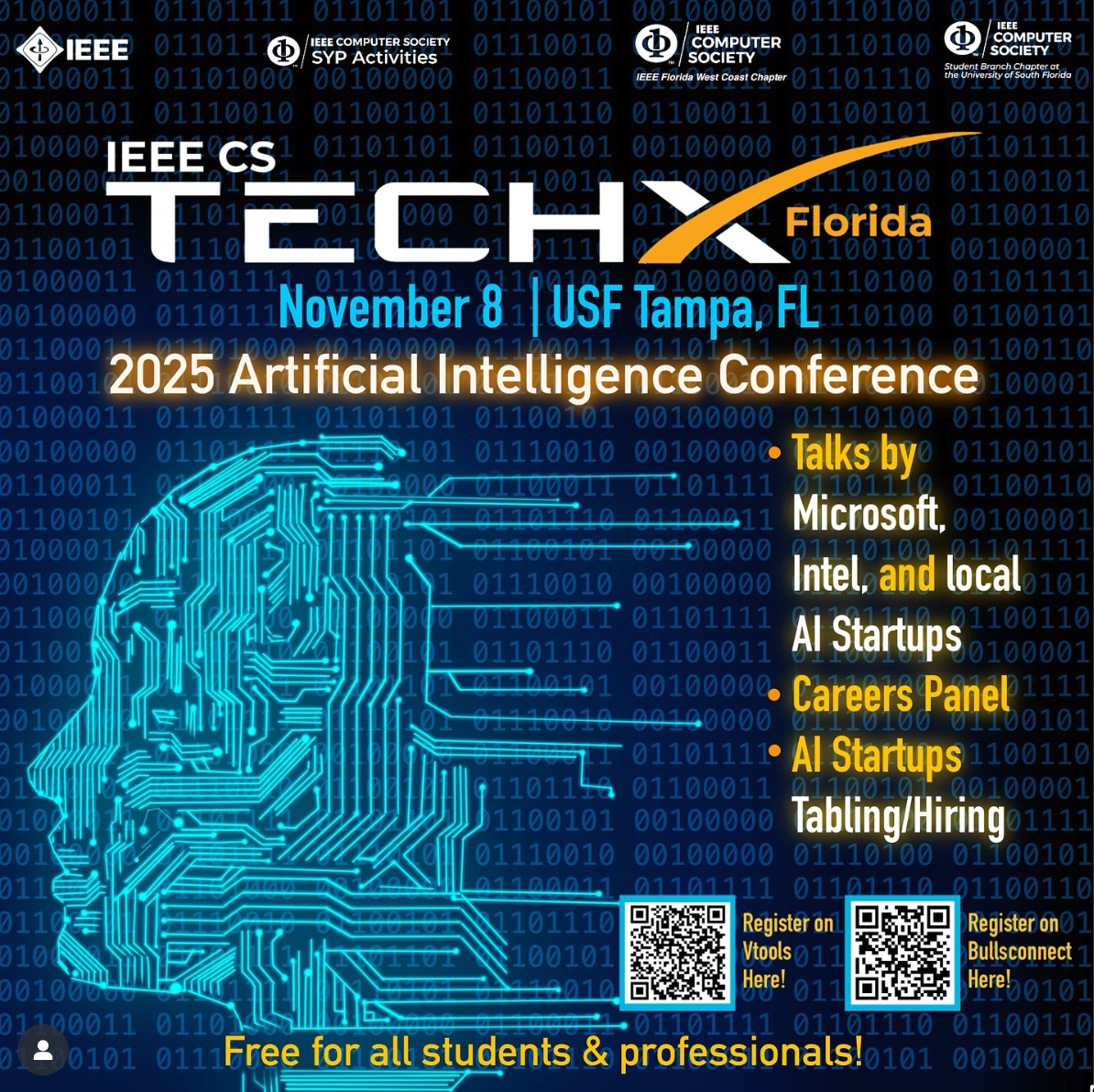 This Saturday, November 8, I’ll be at the TechX Florida 2025 AI Conference at USF, on the Careers in Tech panel, where we’ll be talking about career paths, hiring expectations, and practical advice for early-career developers and engineers.
This Saturday, November 8, I’ll be at the TechX Florida 2025 AI Conference at USF, on the Careers in Tech panel, where we’ll be talking about career paths, hiring expectations, and practical advice for early-career developers and engineers.

This conference, which is FREE to attend, will feature:
Once again, the TechX Florida 2025 AI Conference will take place this Saturday, November 8th, in USF’s Engineering Building II, in the Hall of Flags. It runs from 11 a.m. to 5 p.m. and will be followed by…

…TechX After Dark, a social/fundraising event running from 6 p.m. to 8 p.m., with appetizers and a cash bar.
This event charges admission: